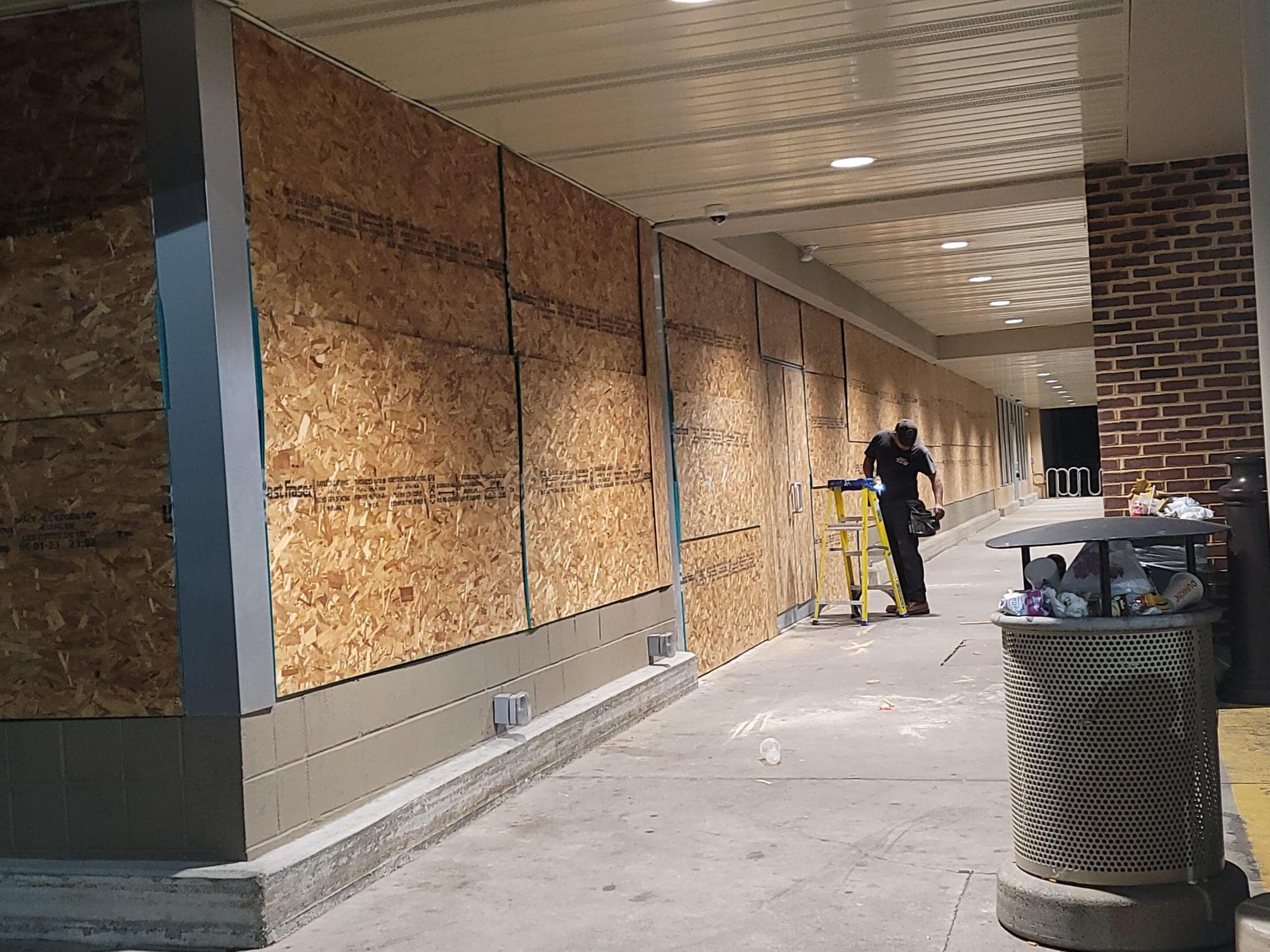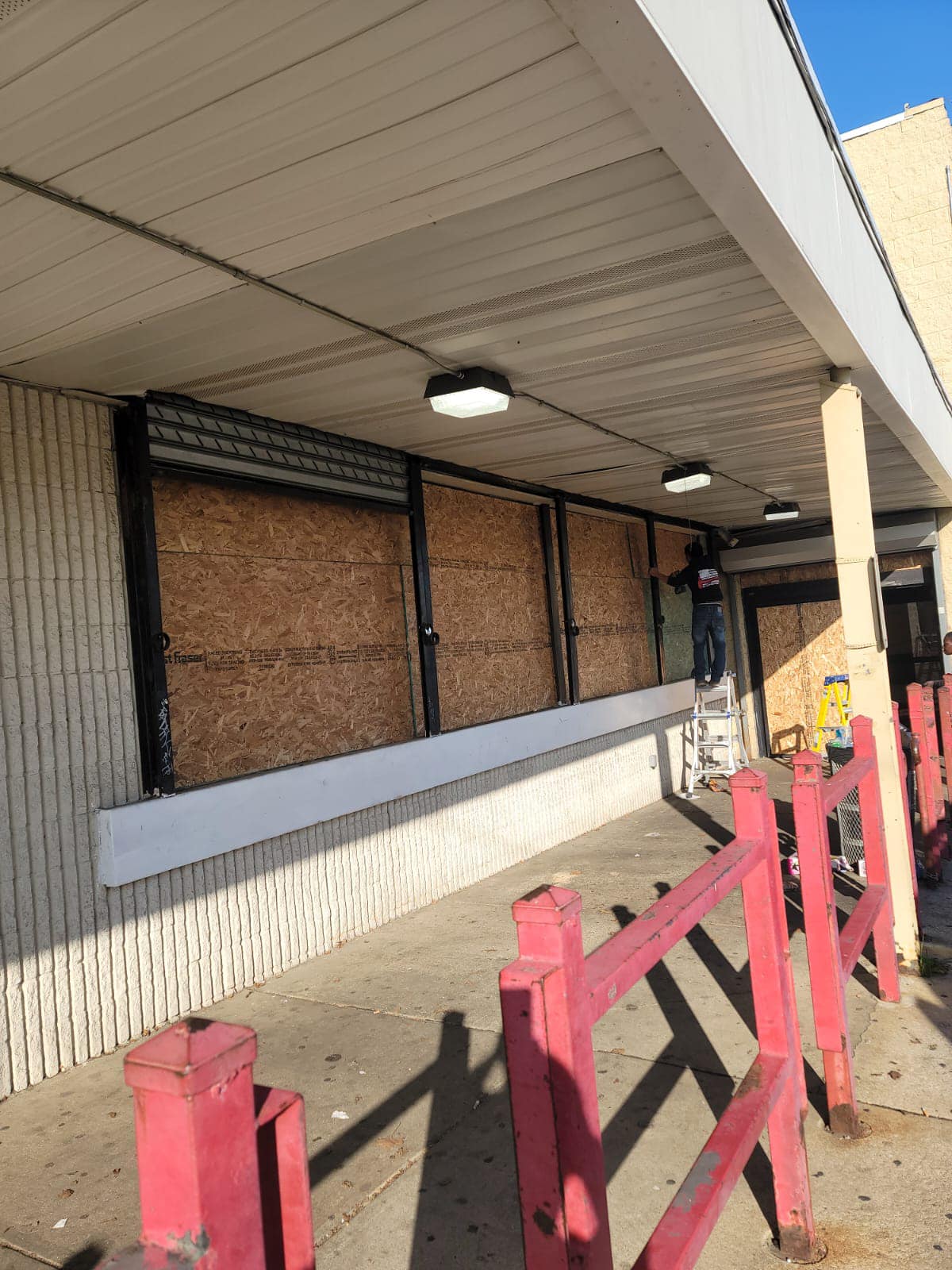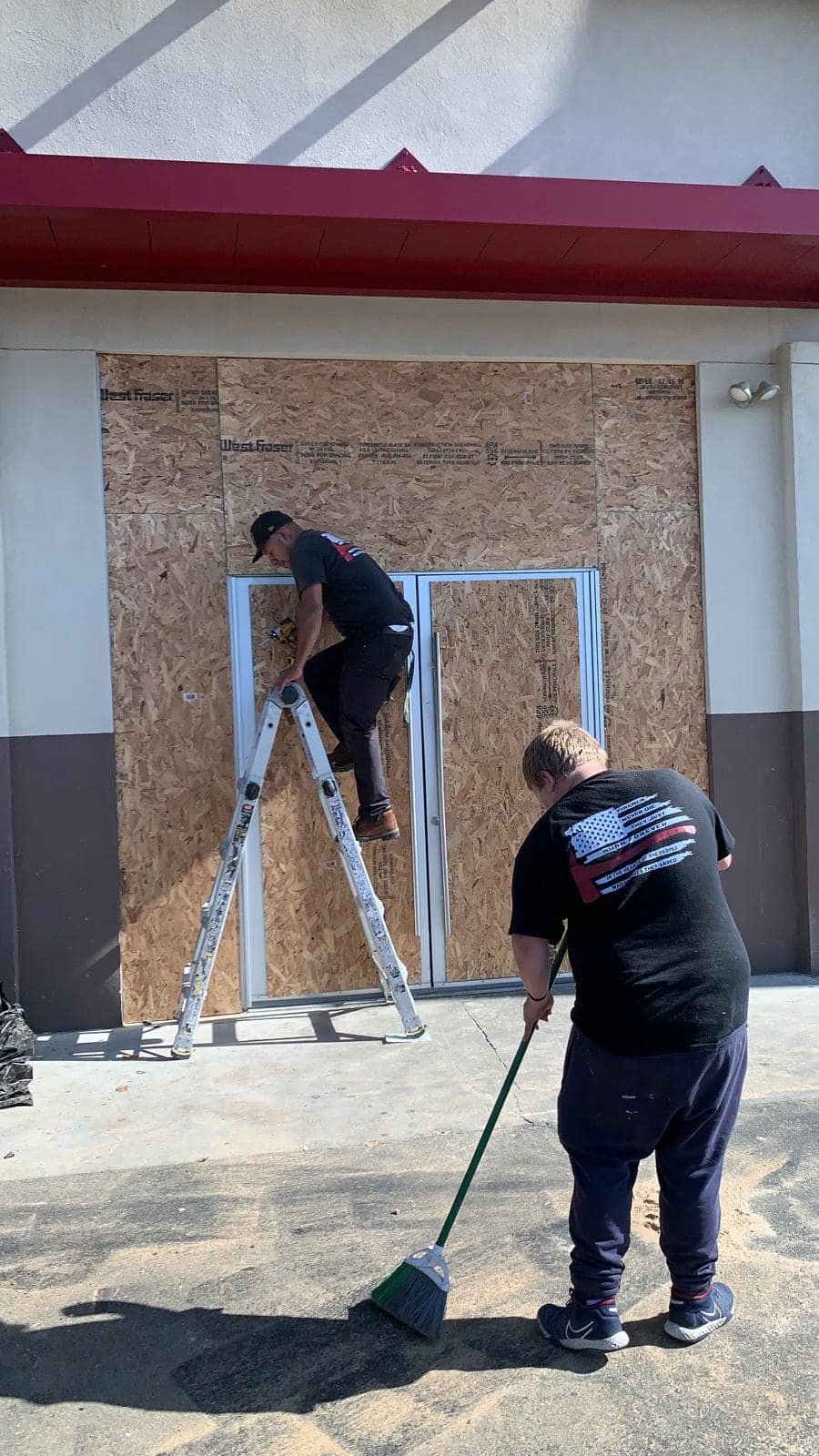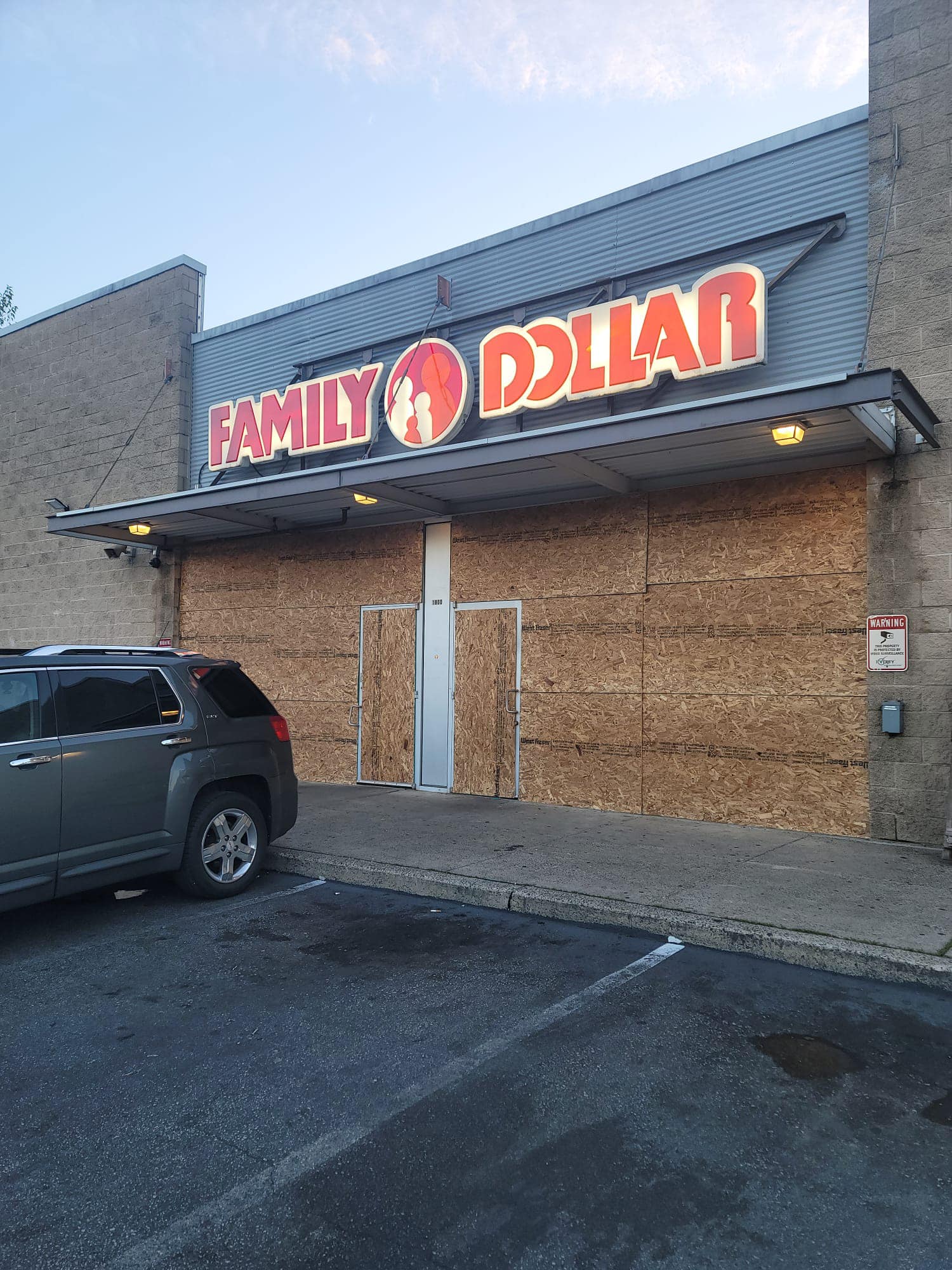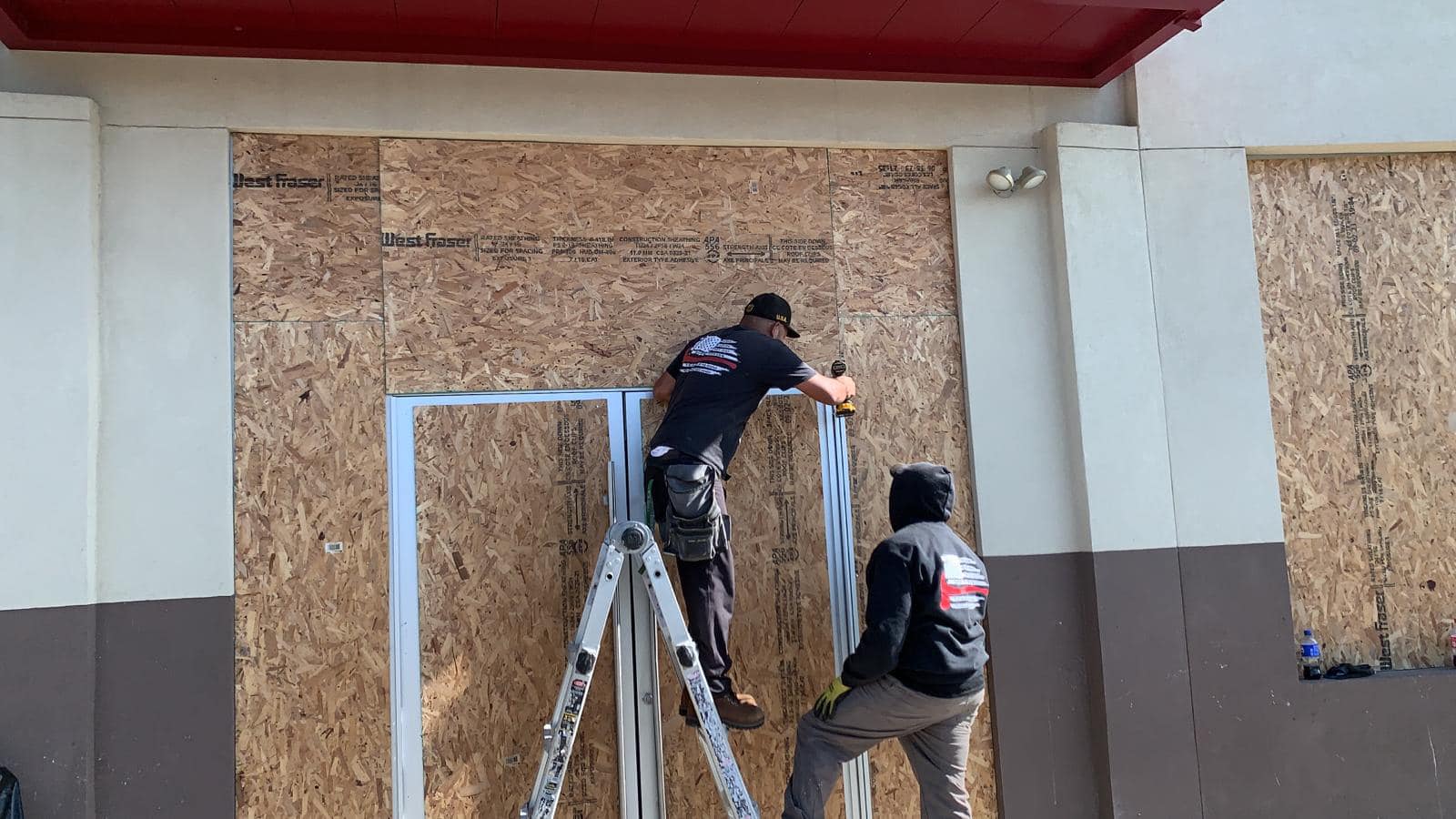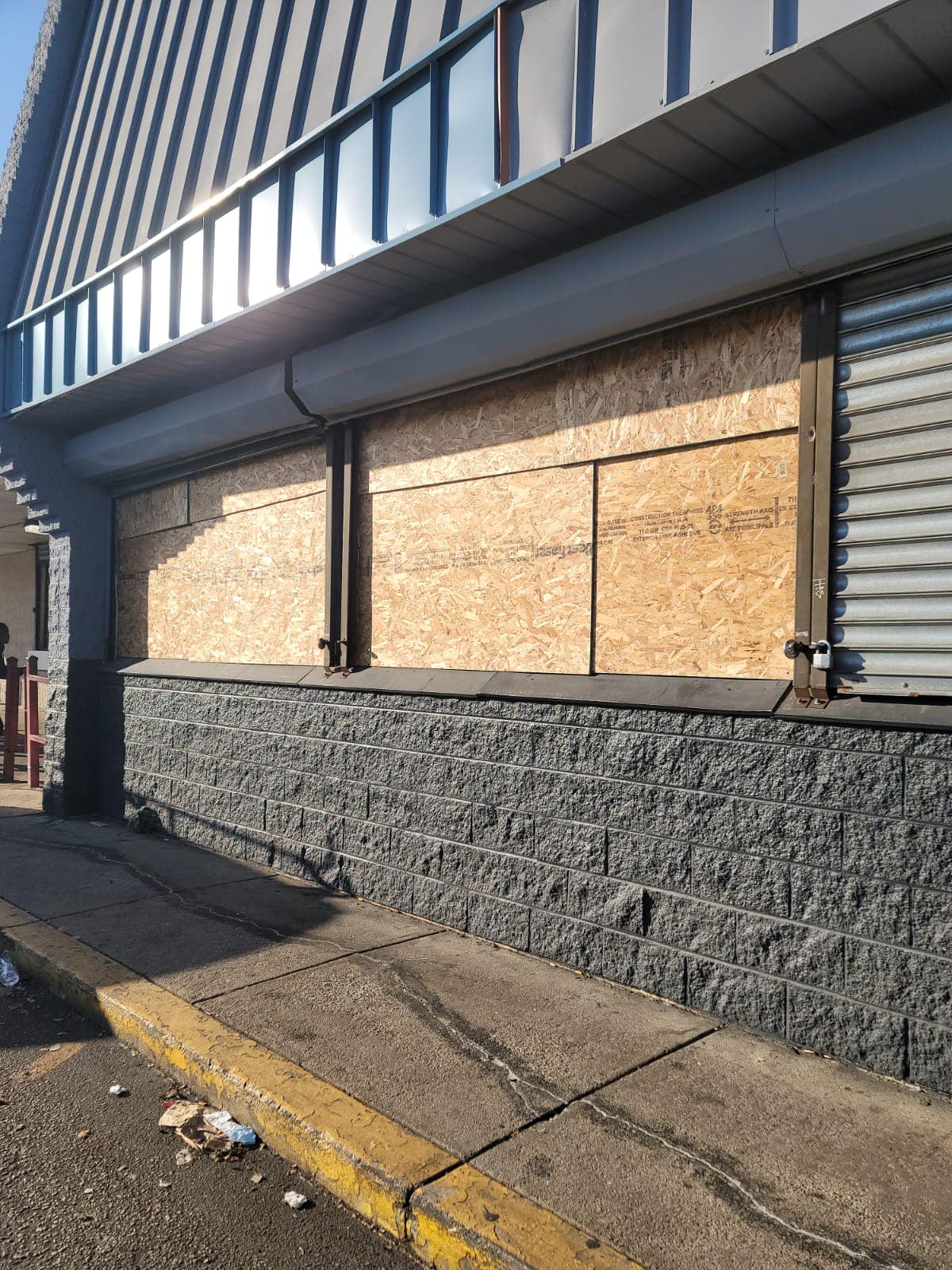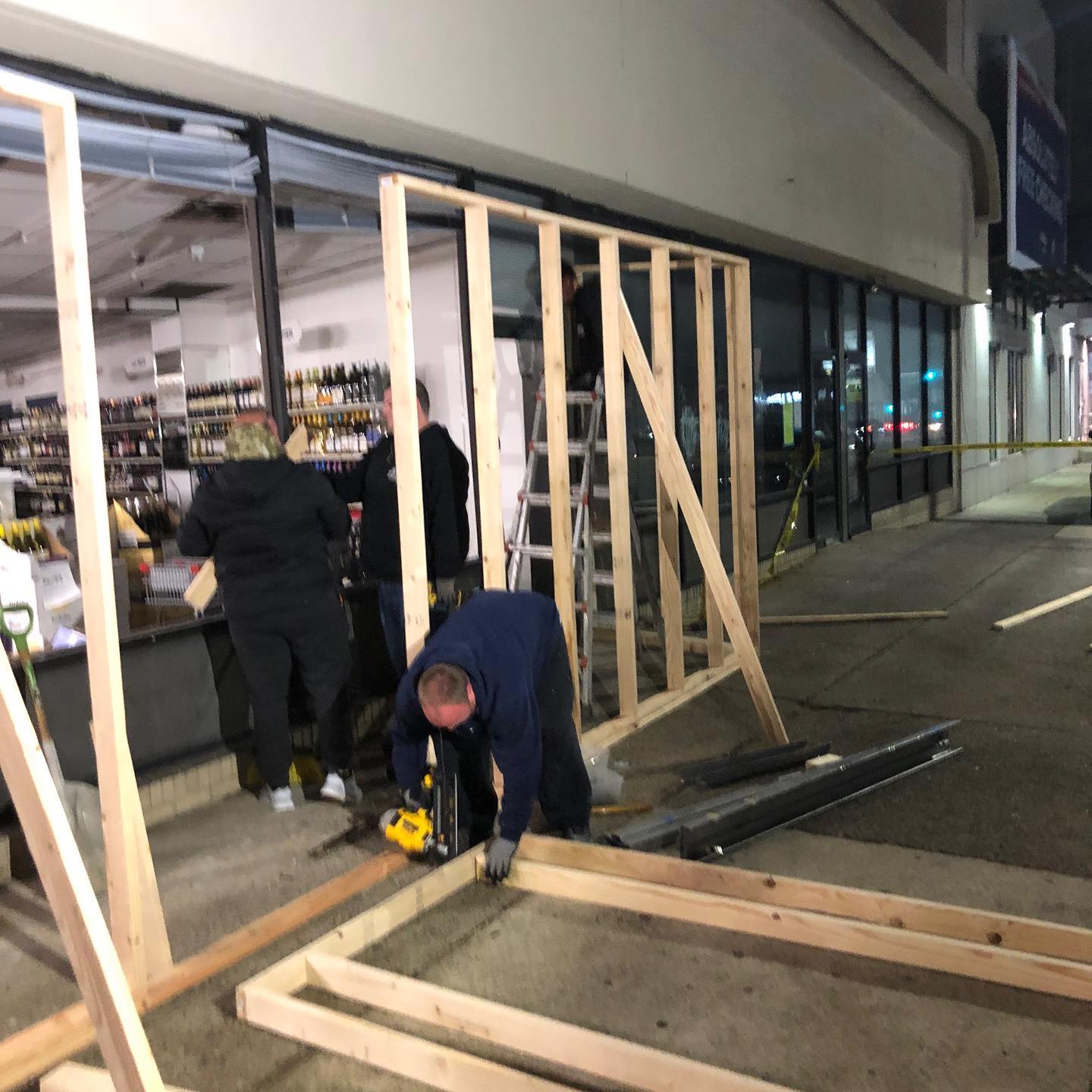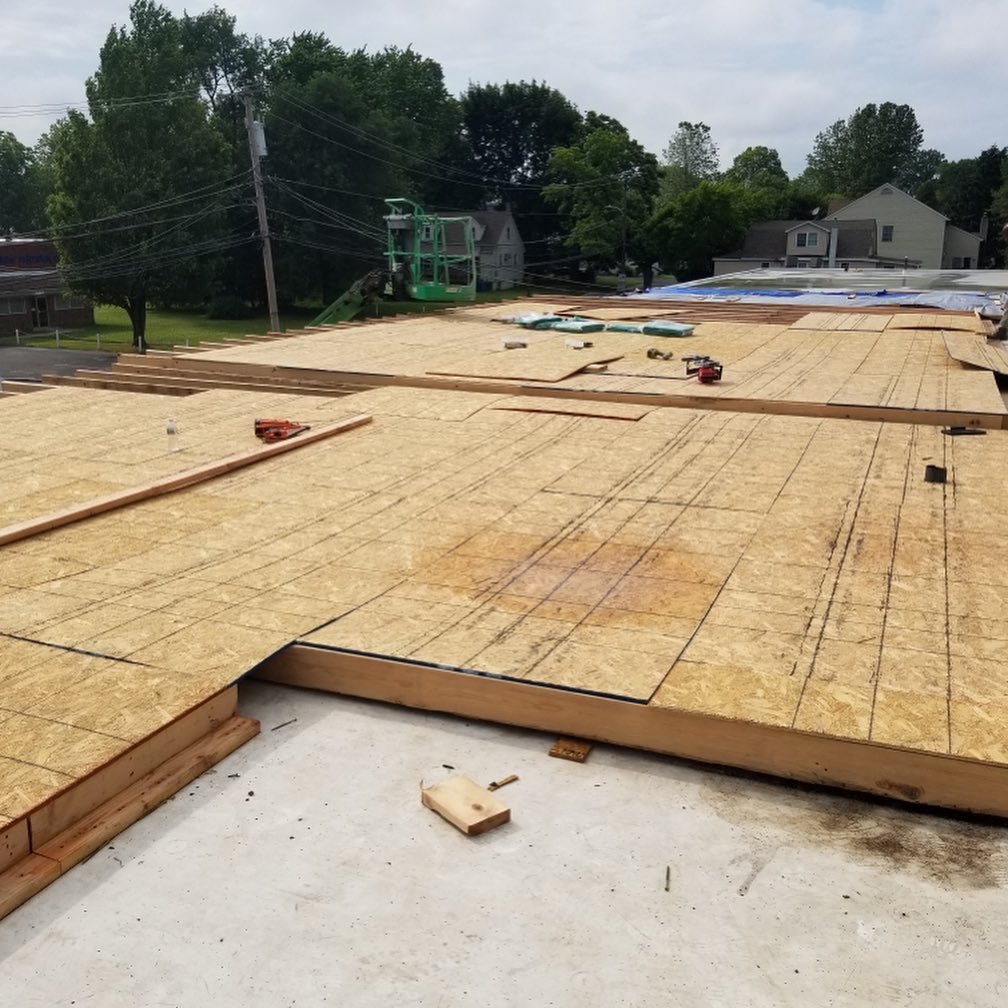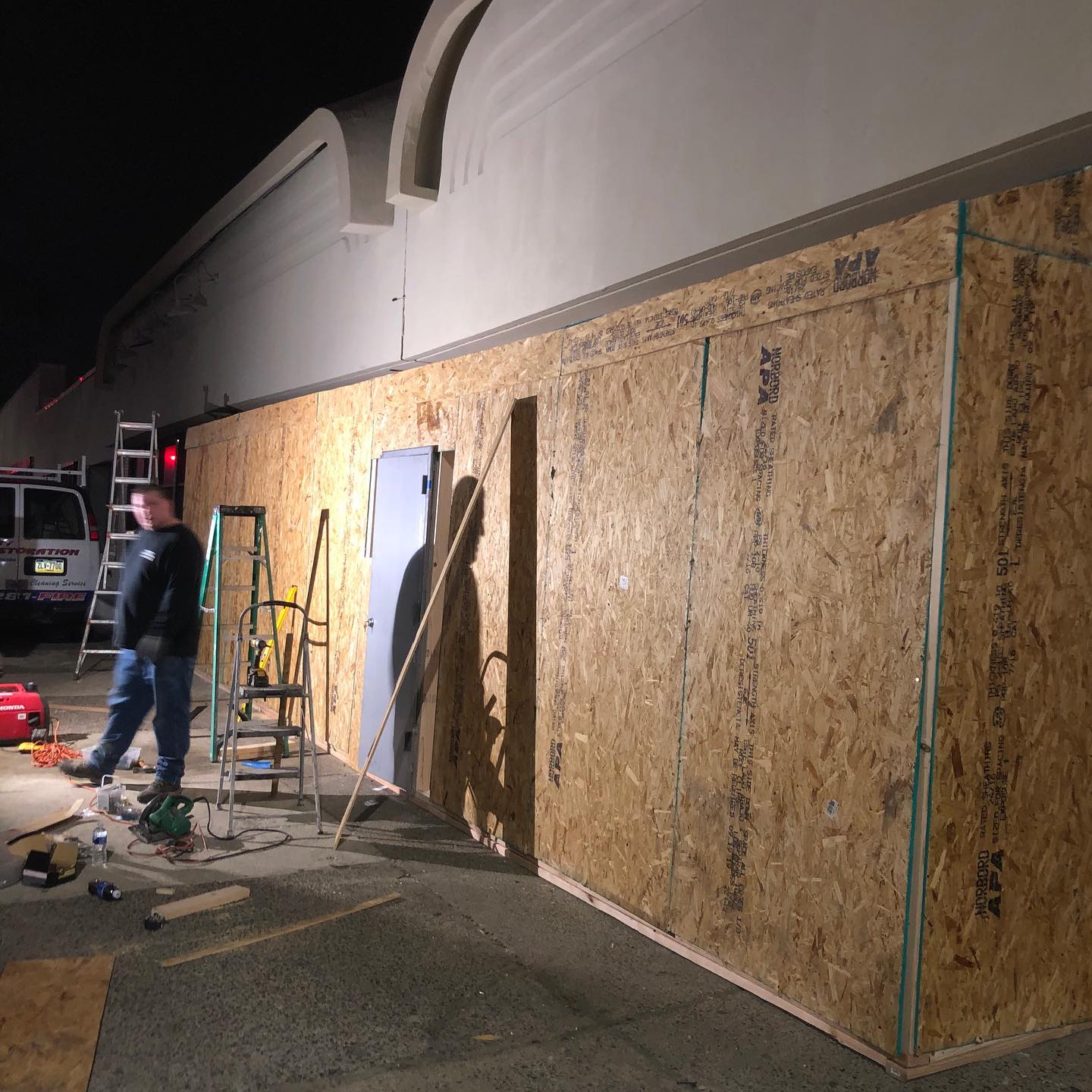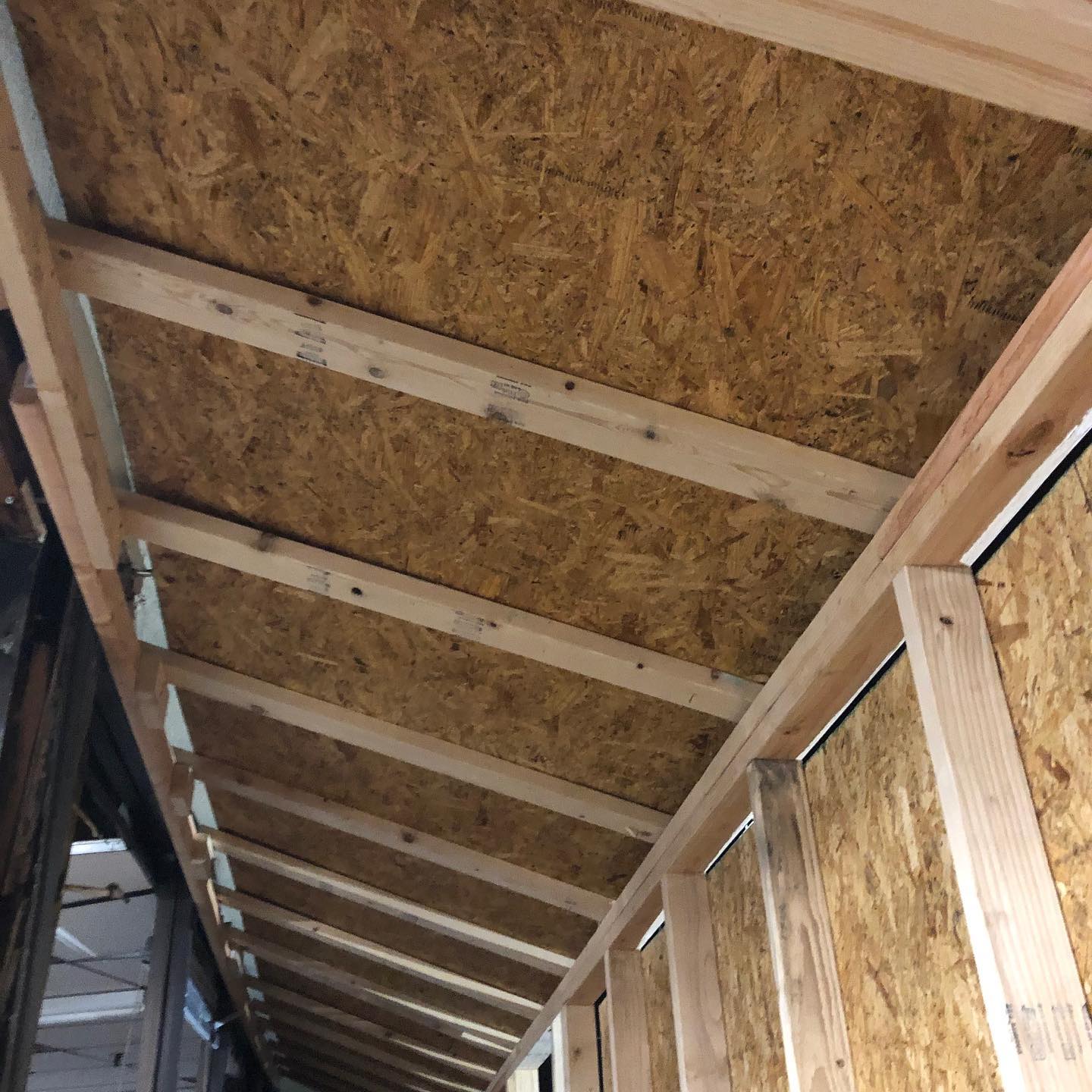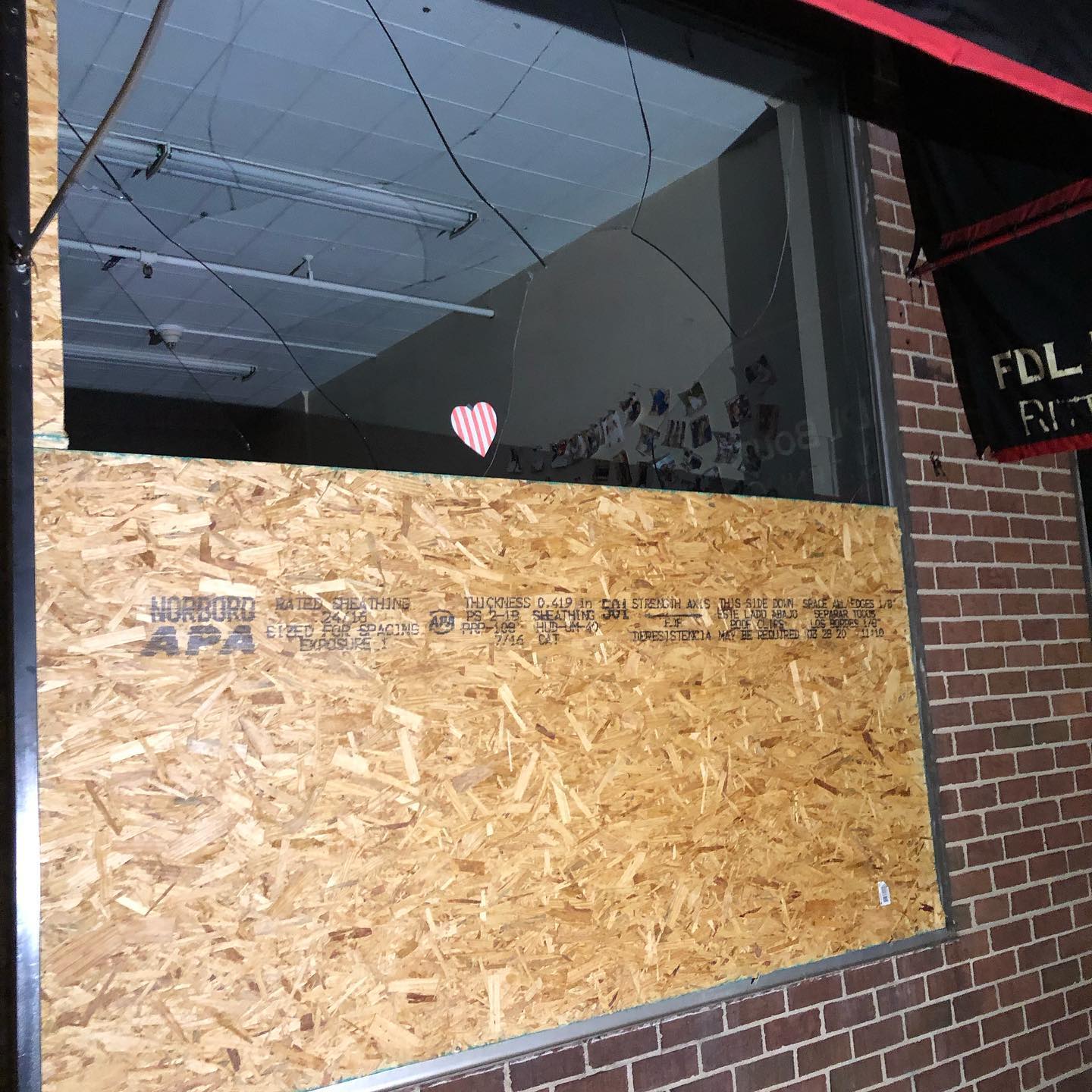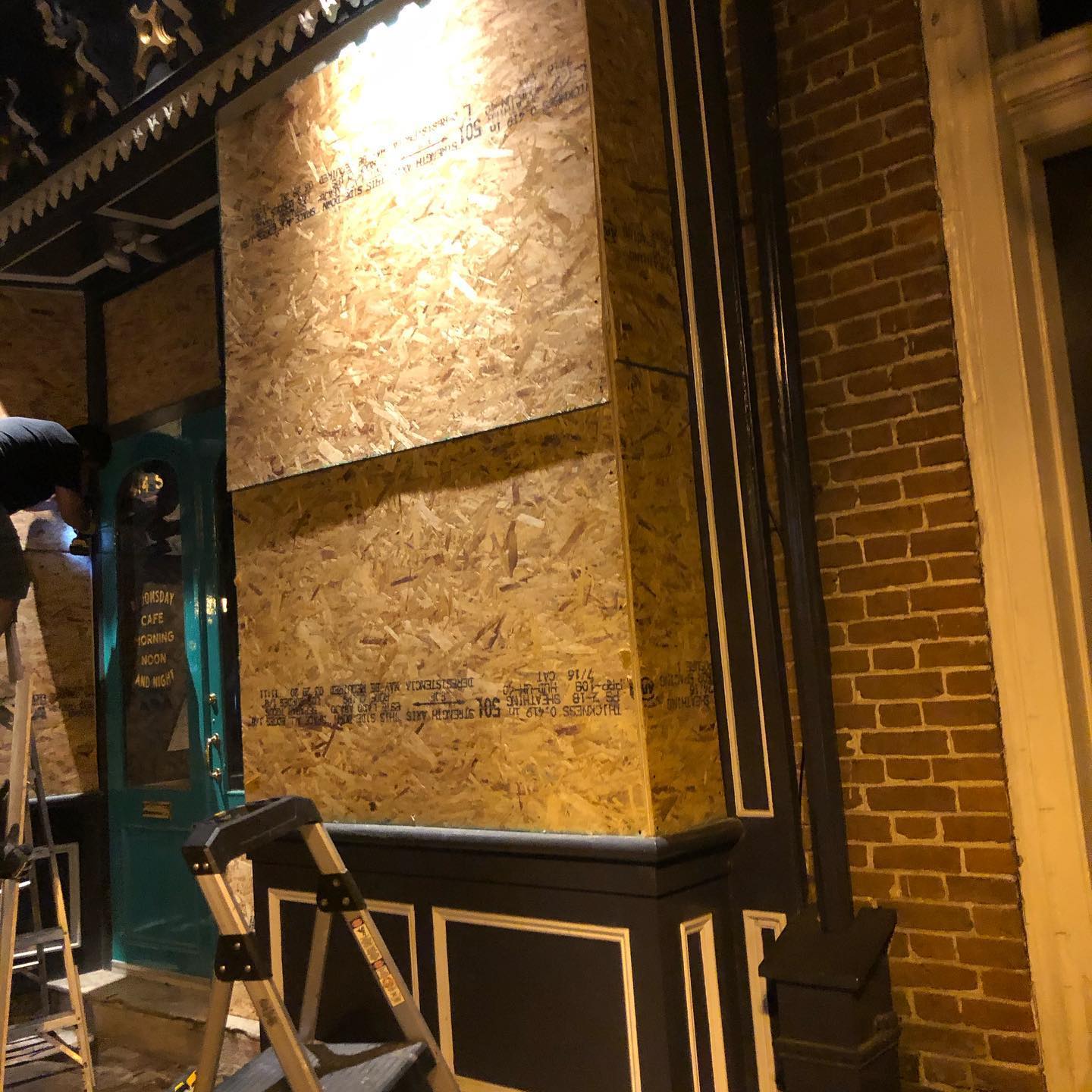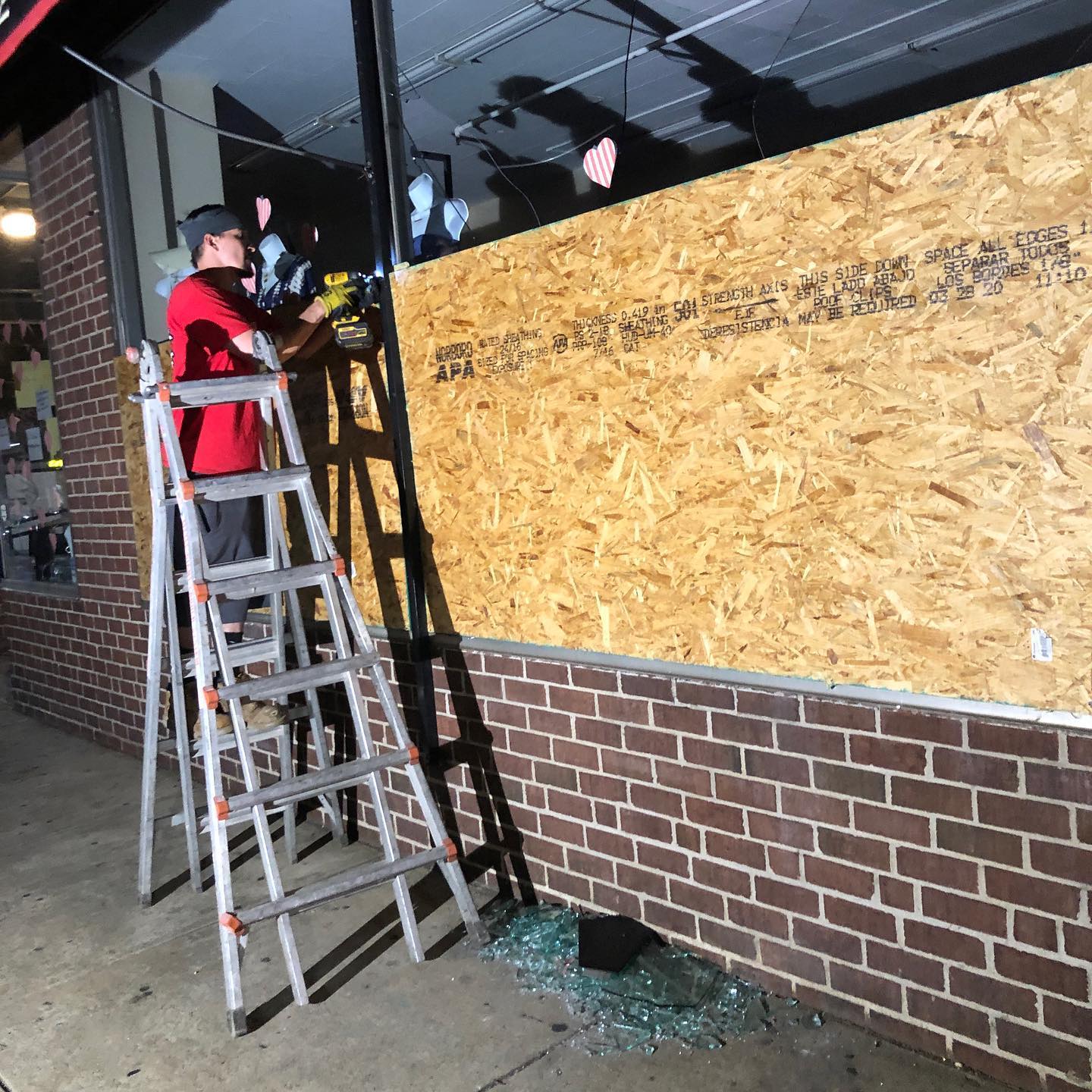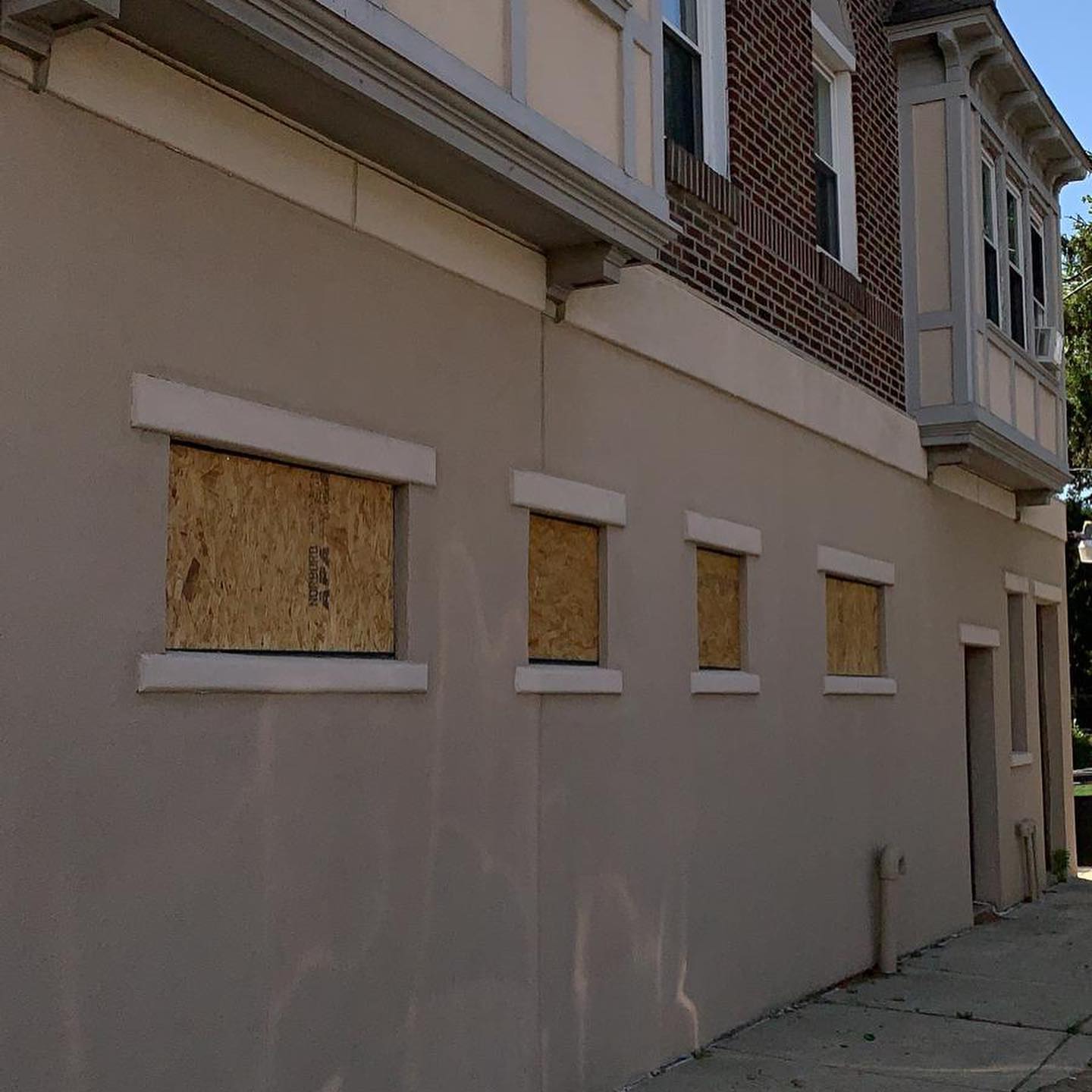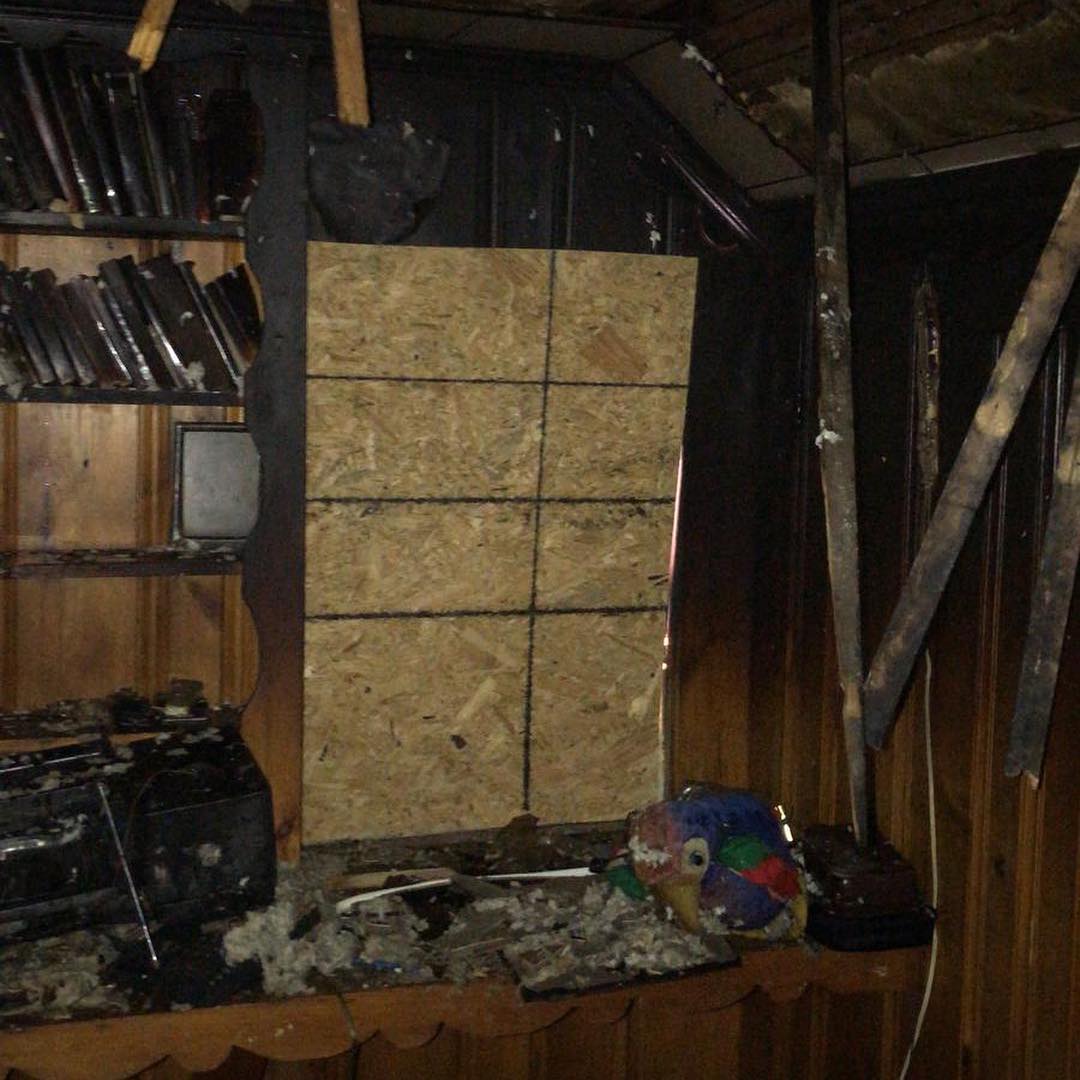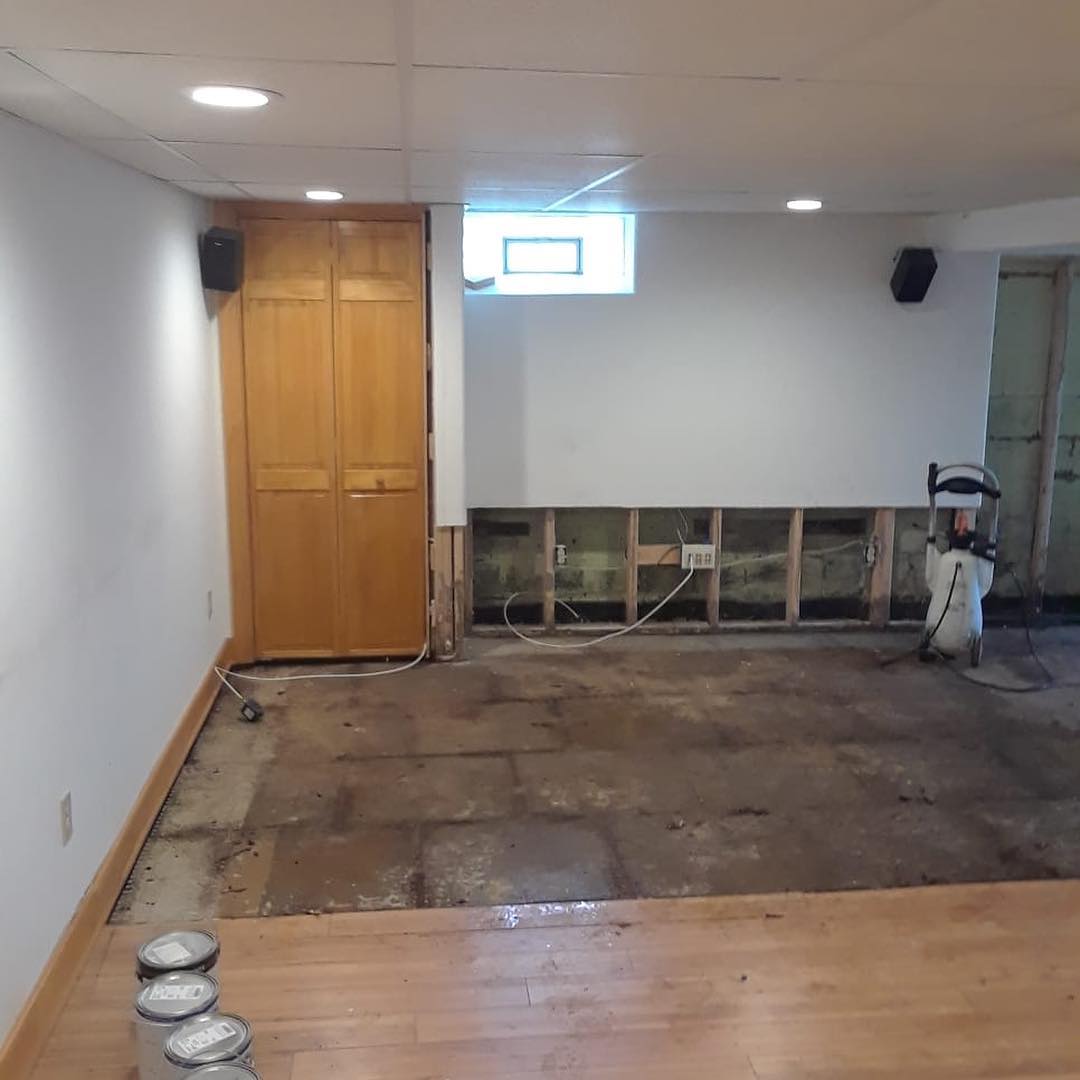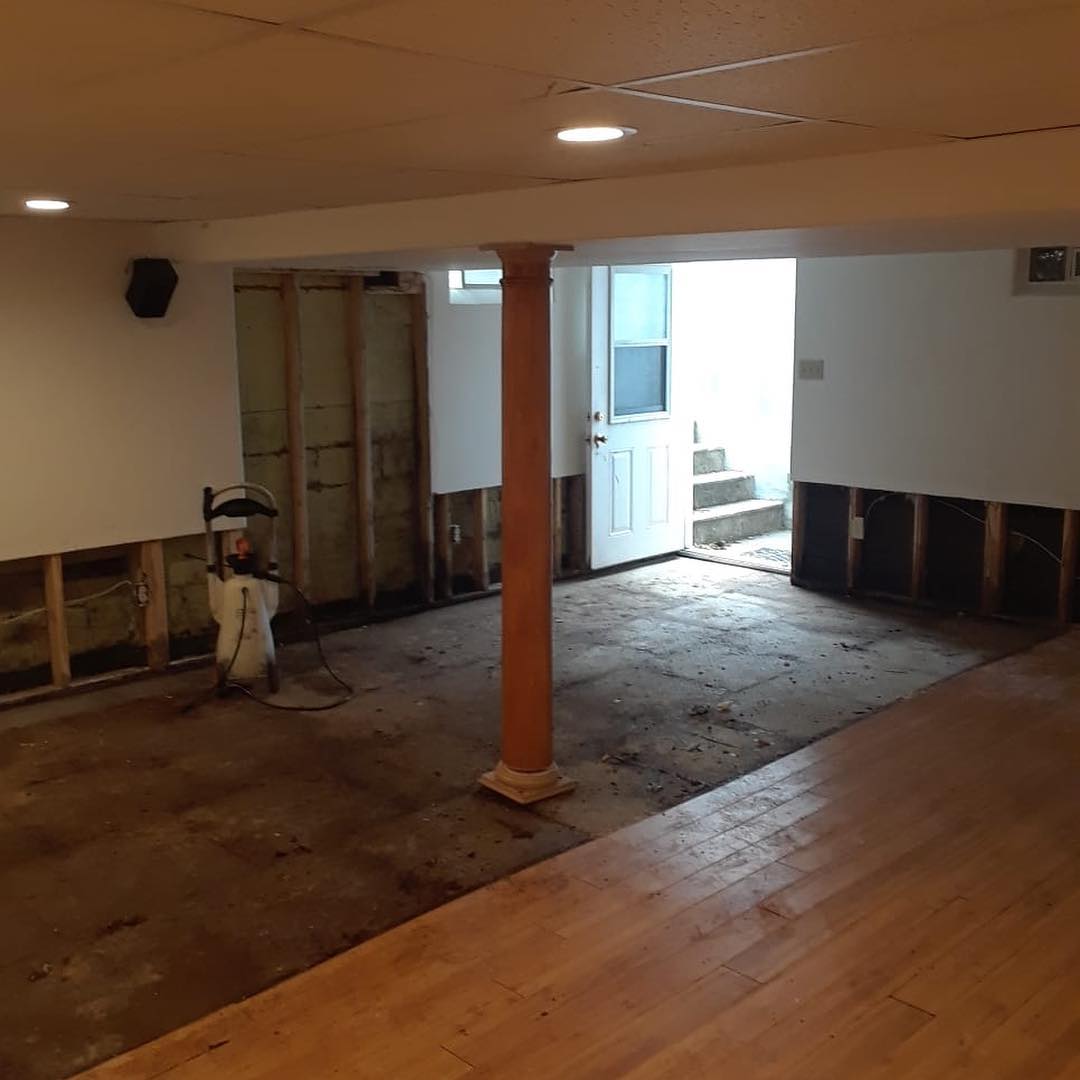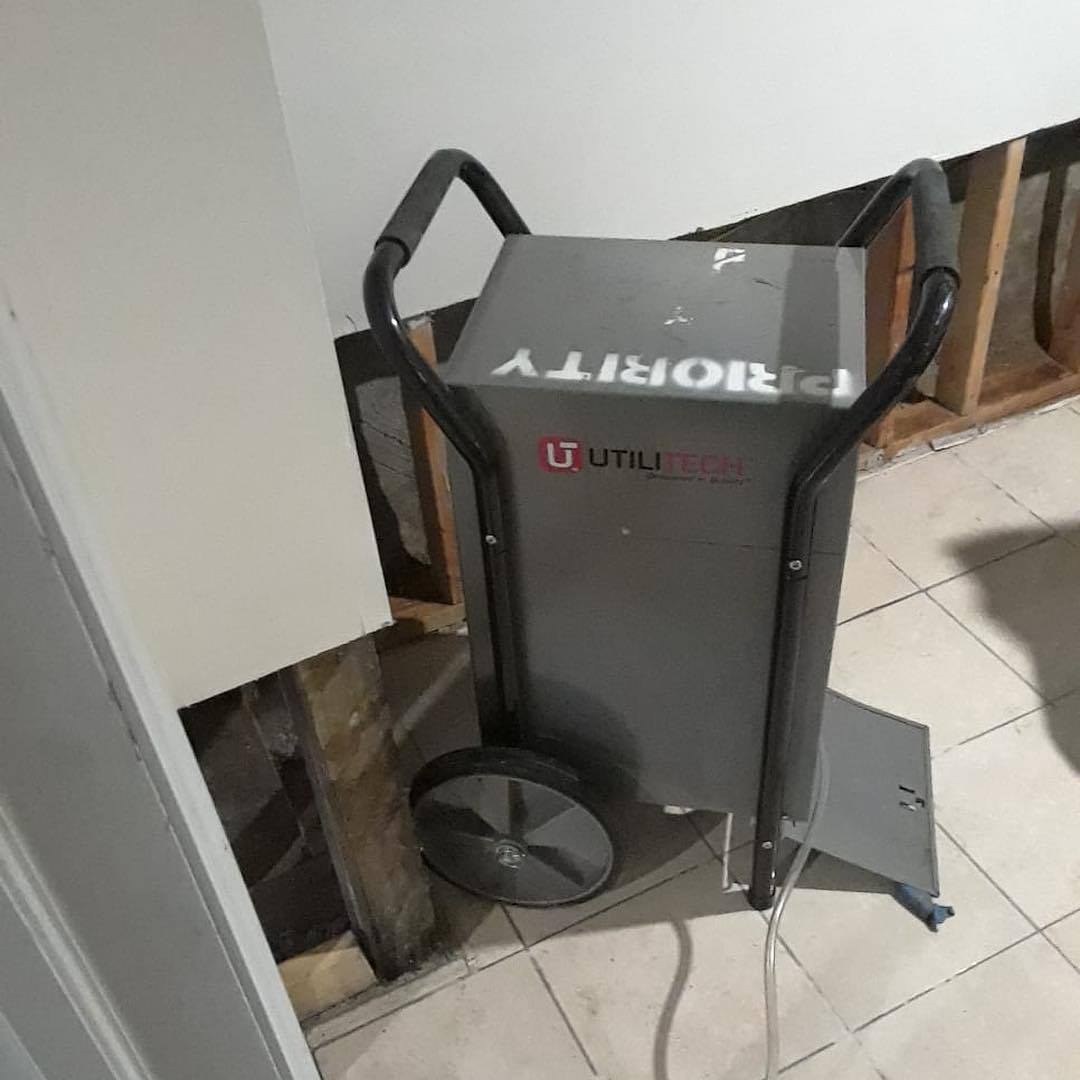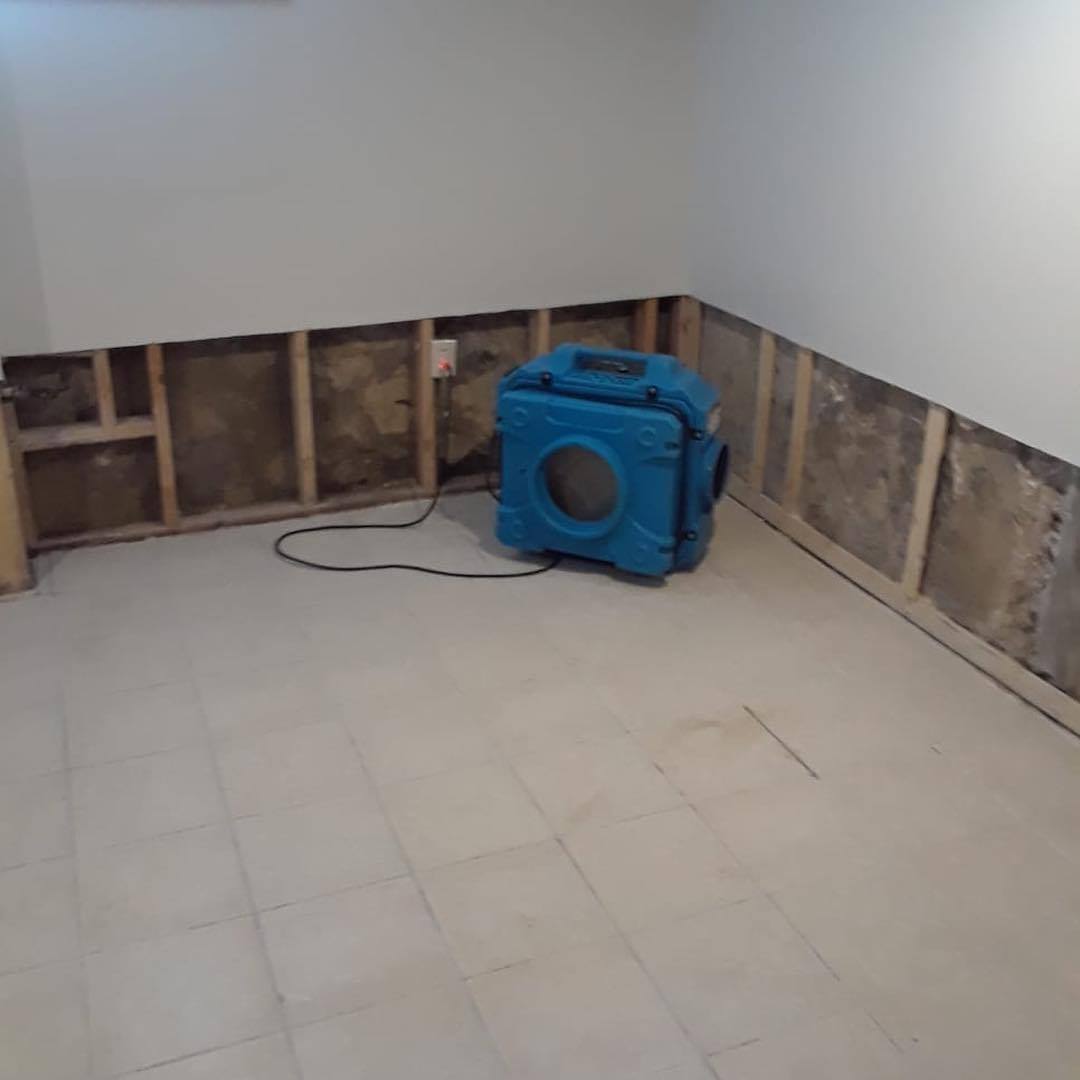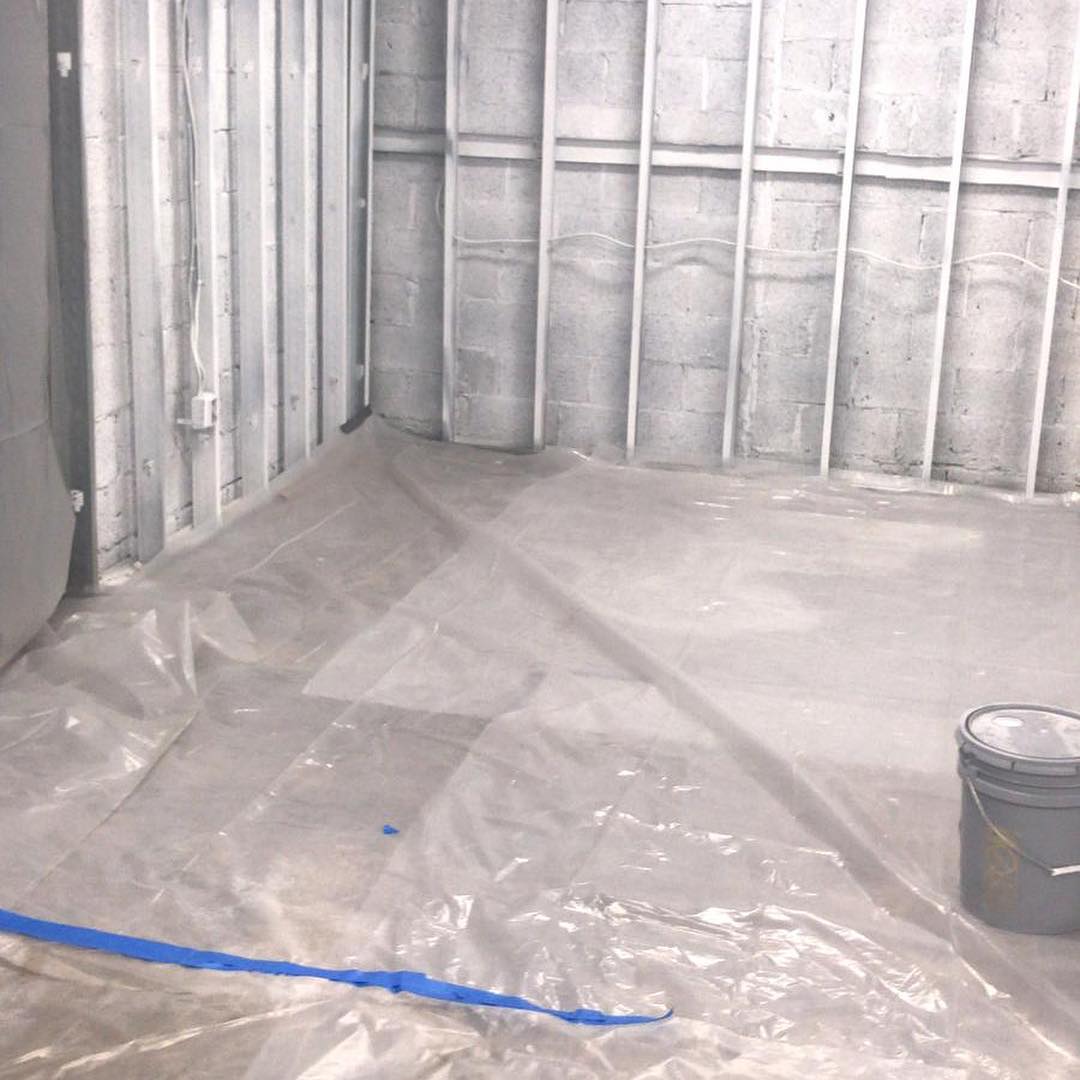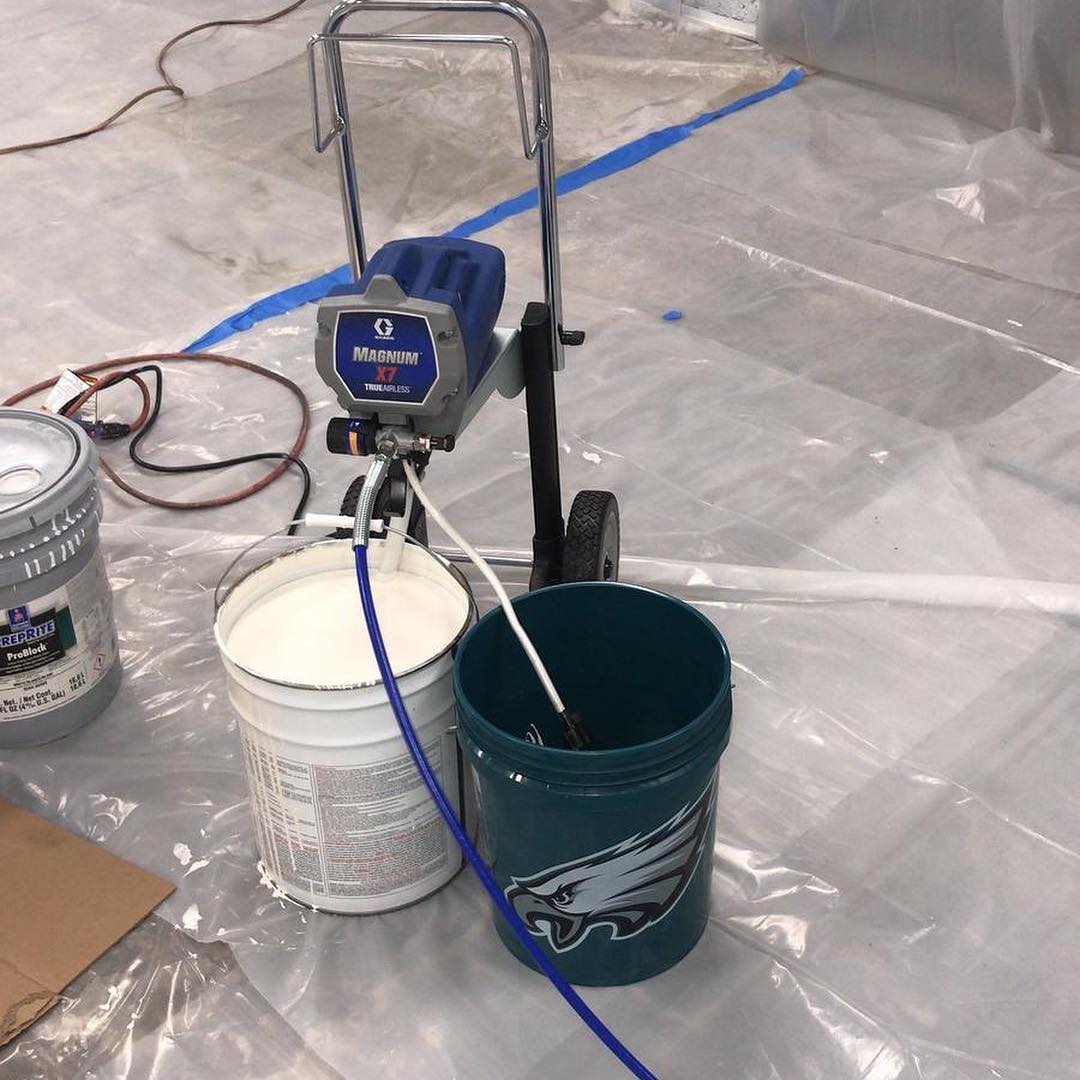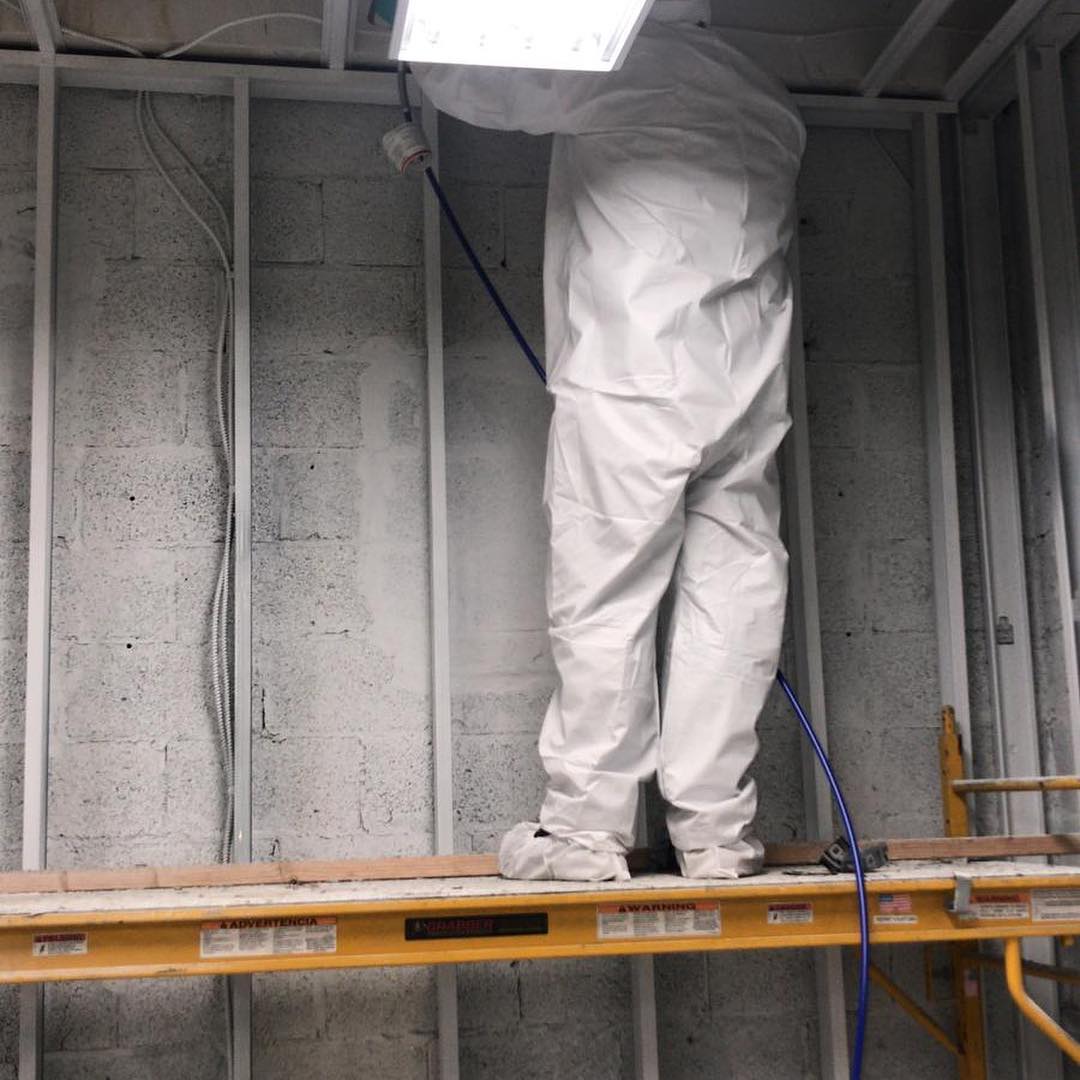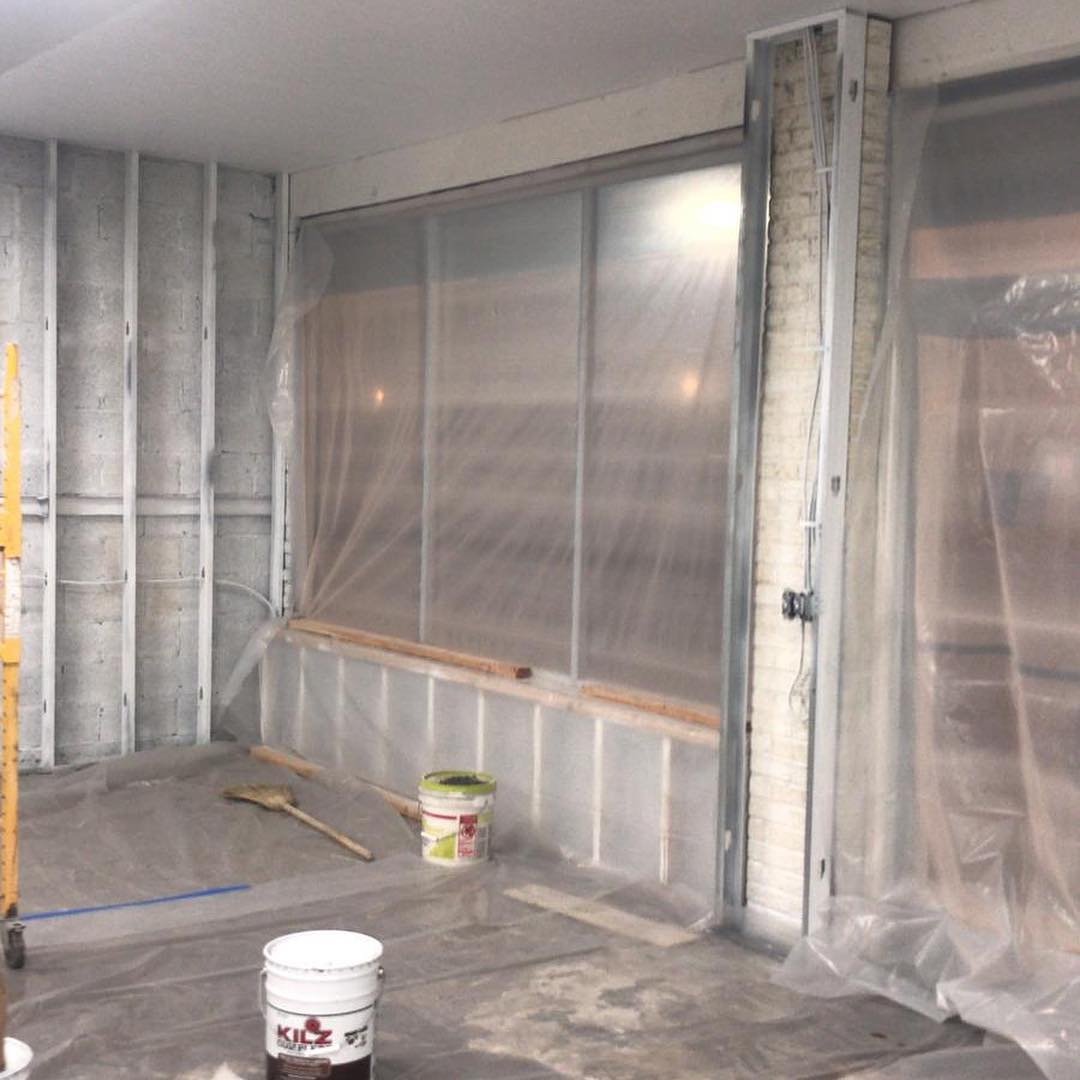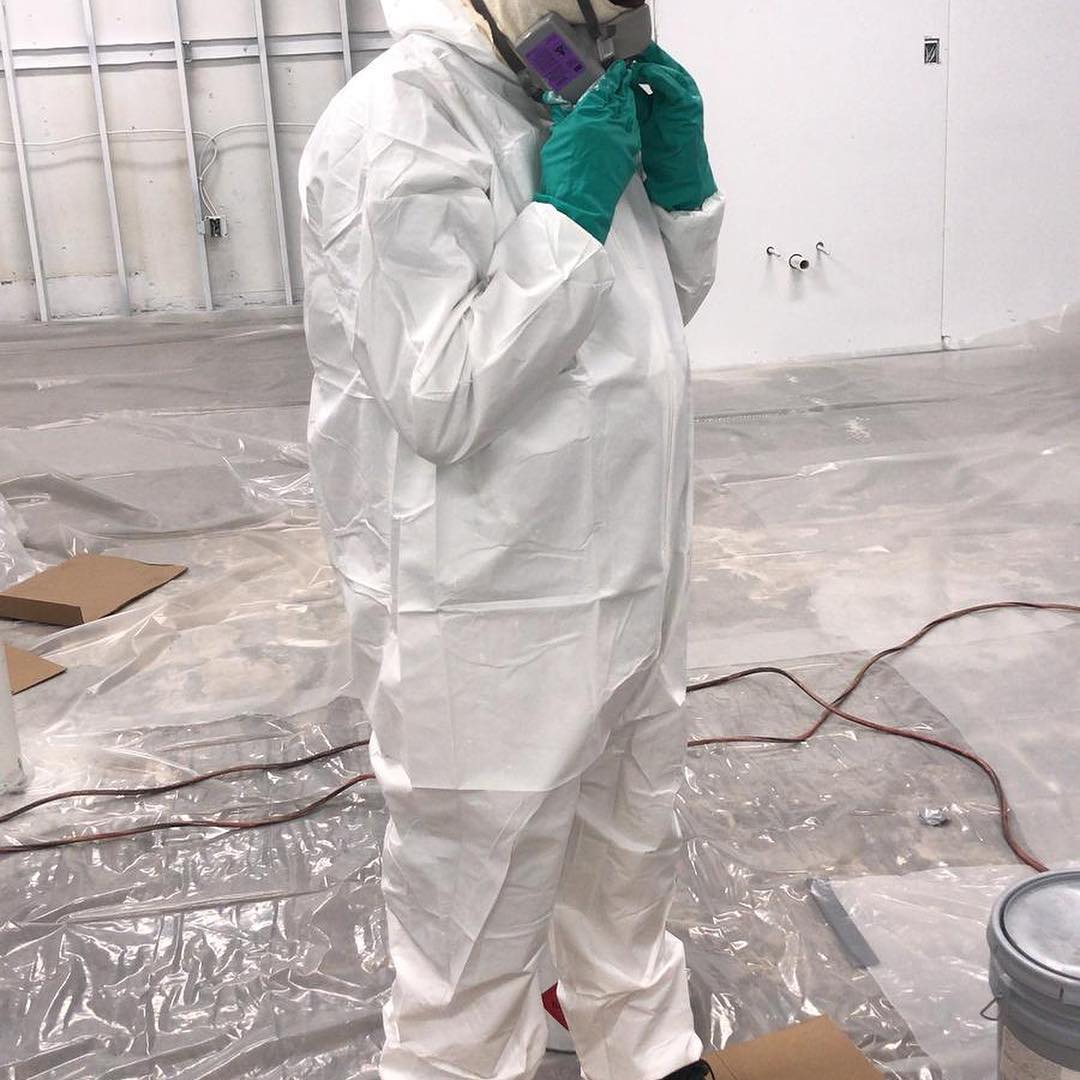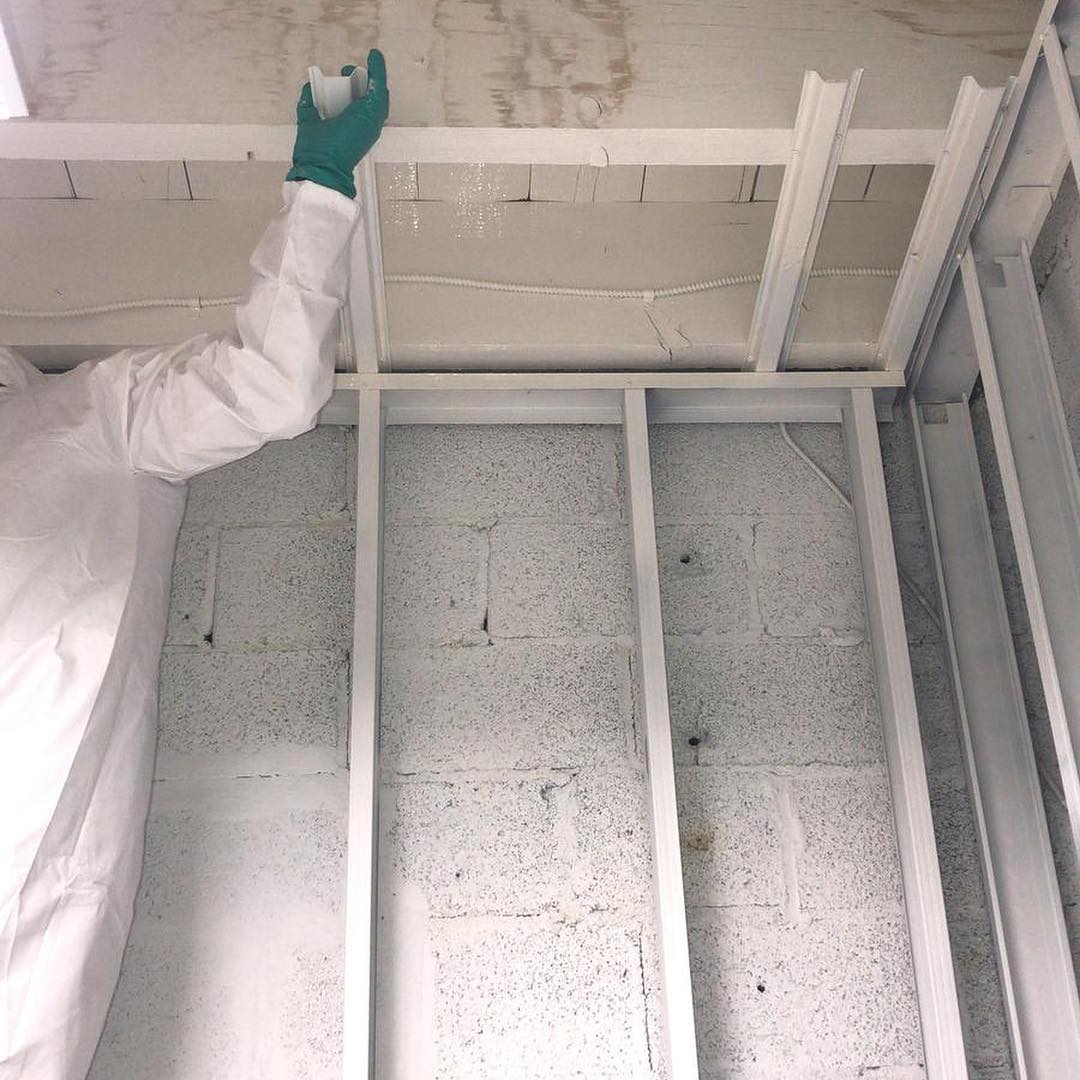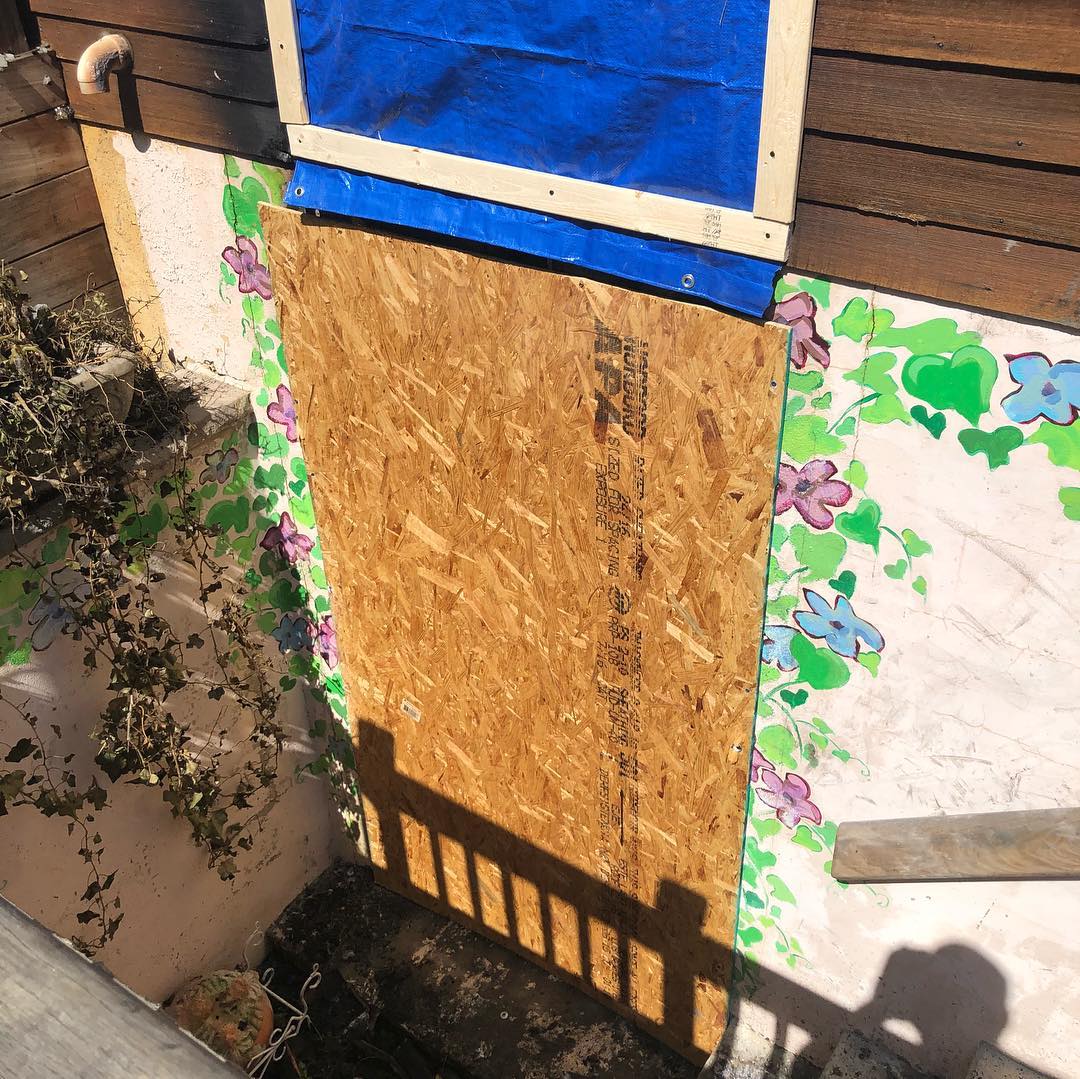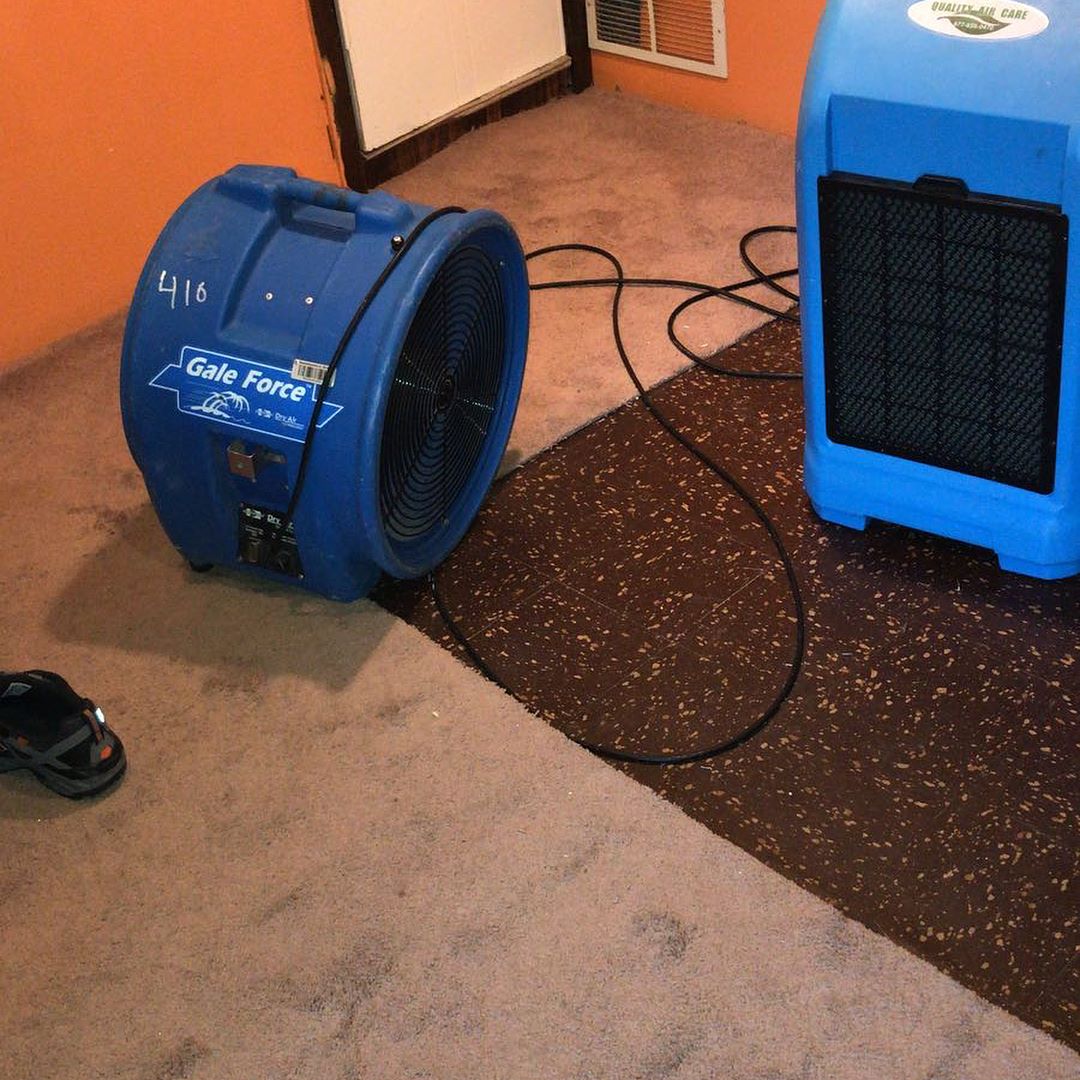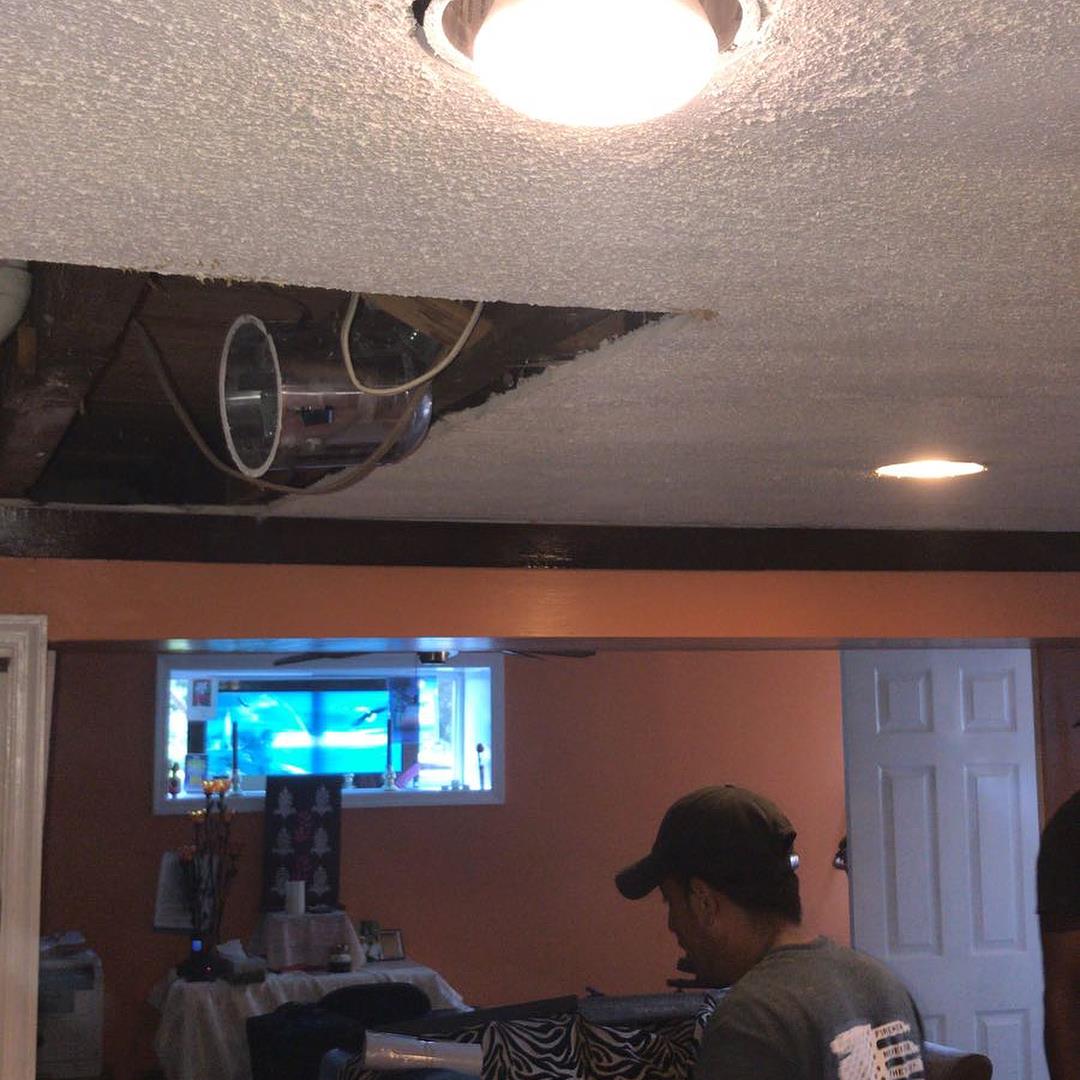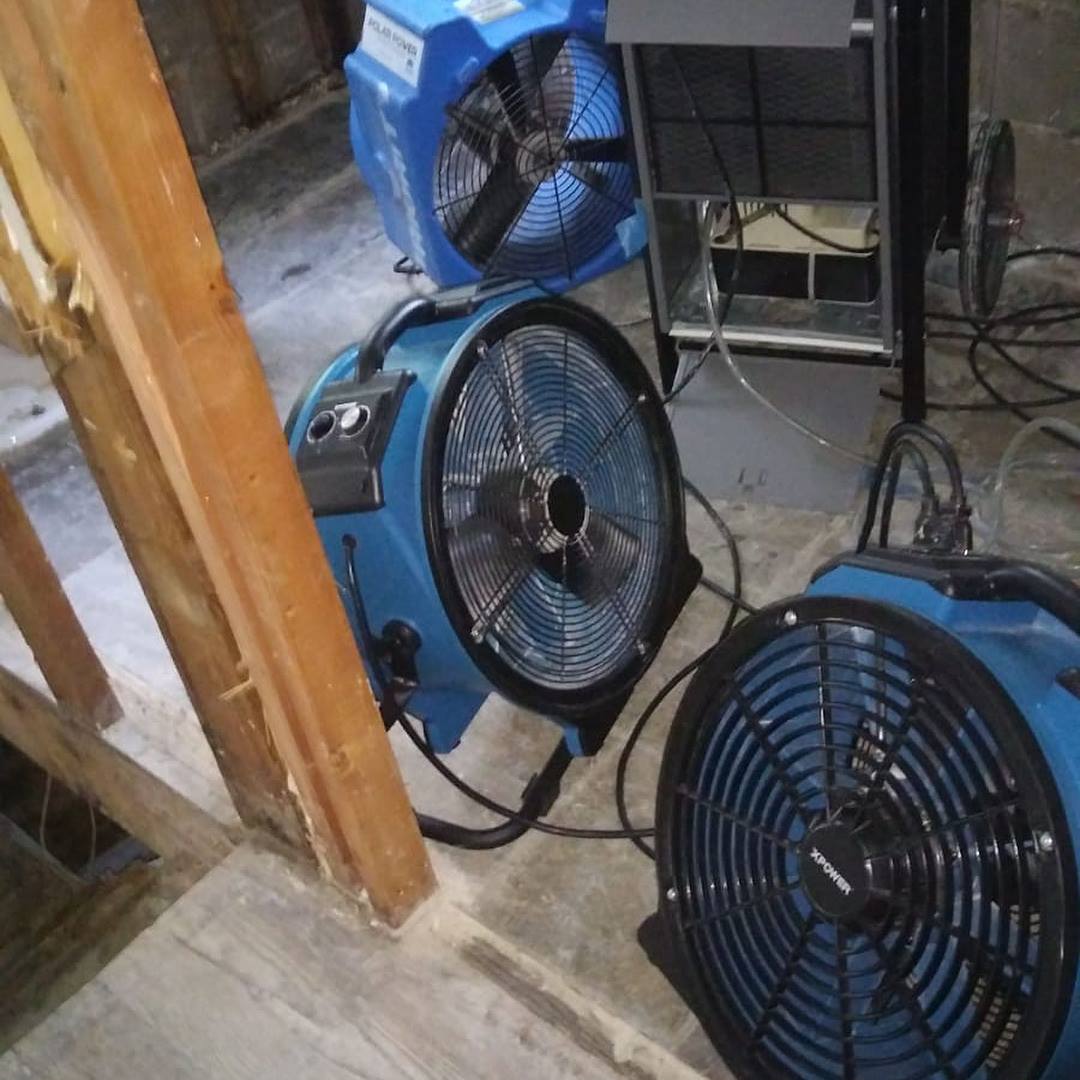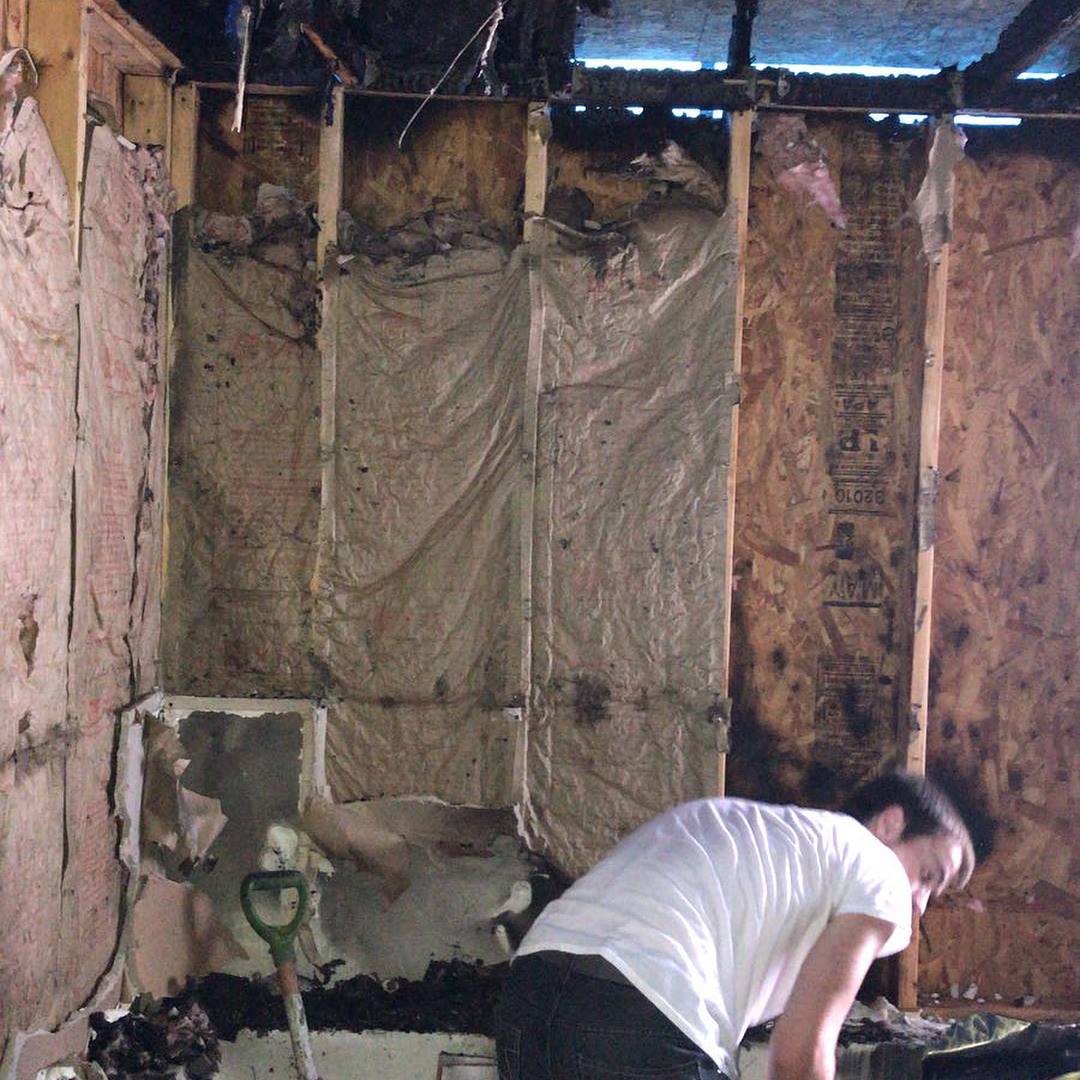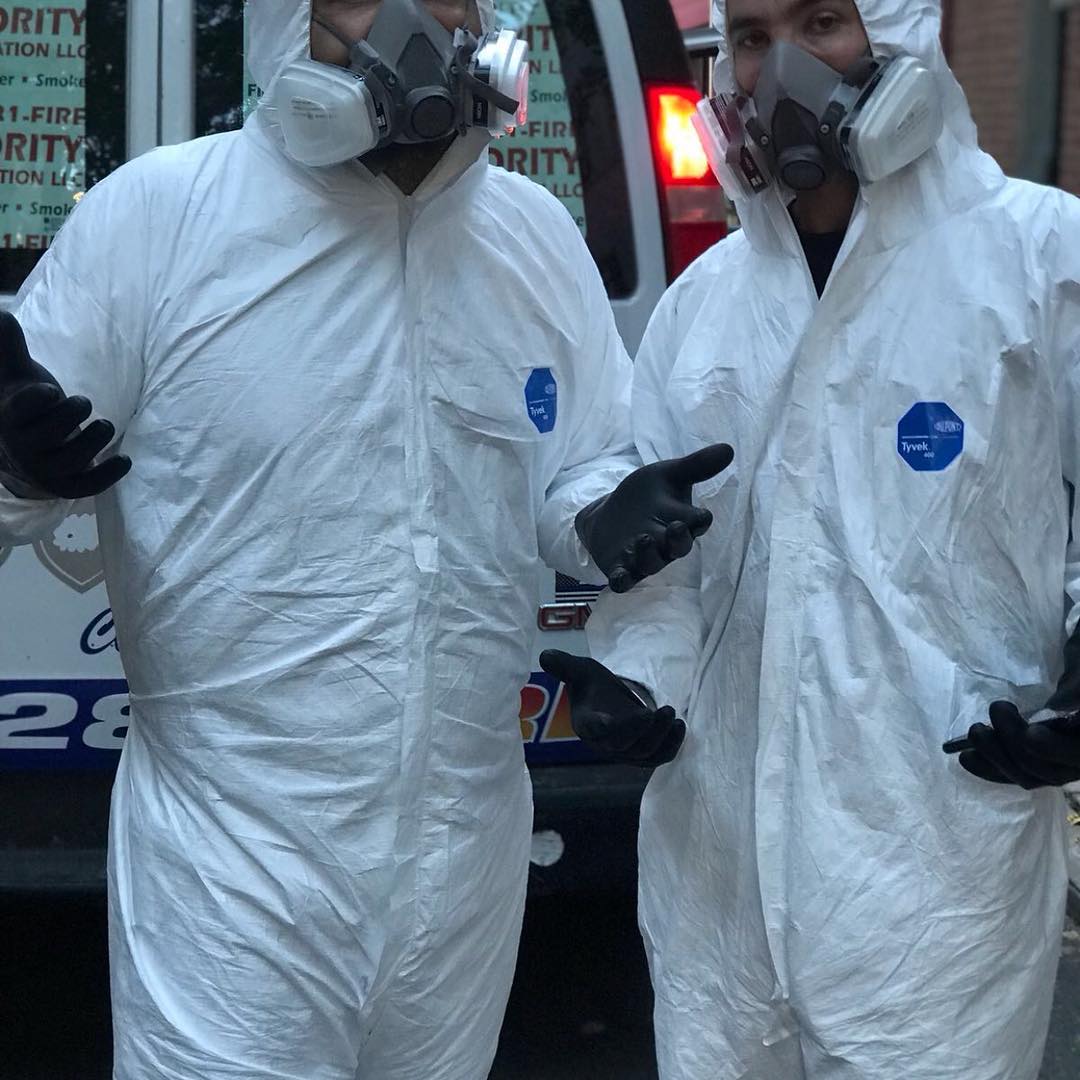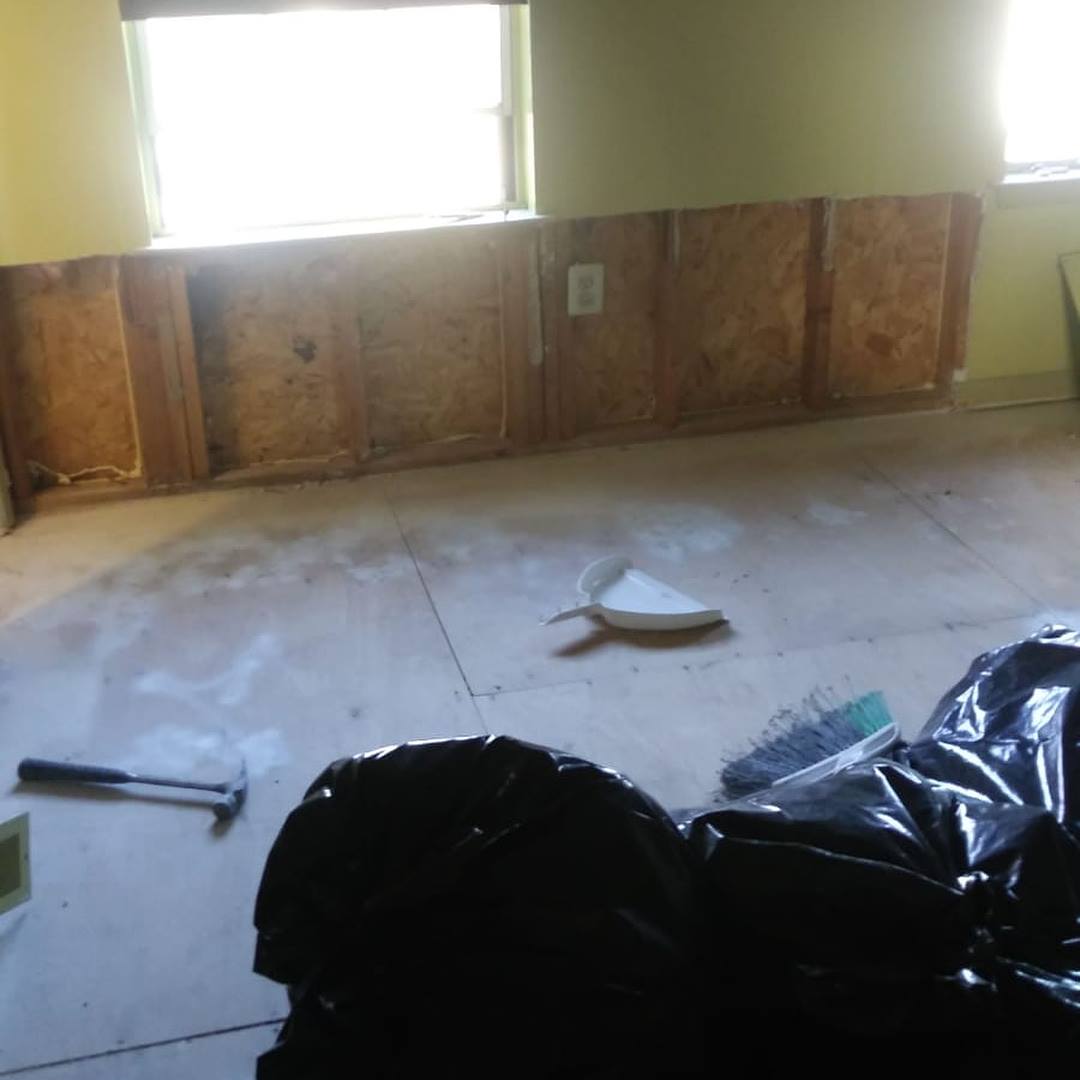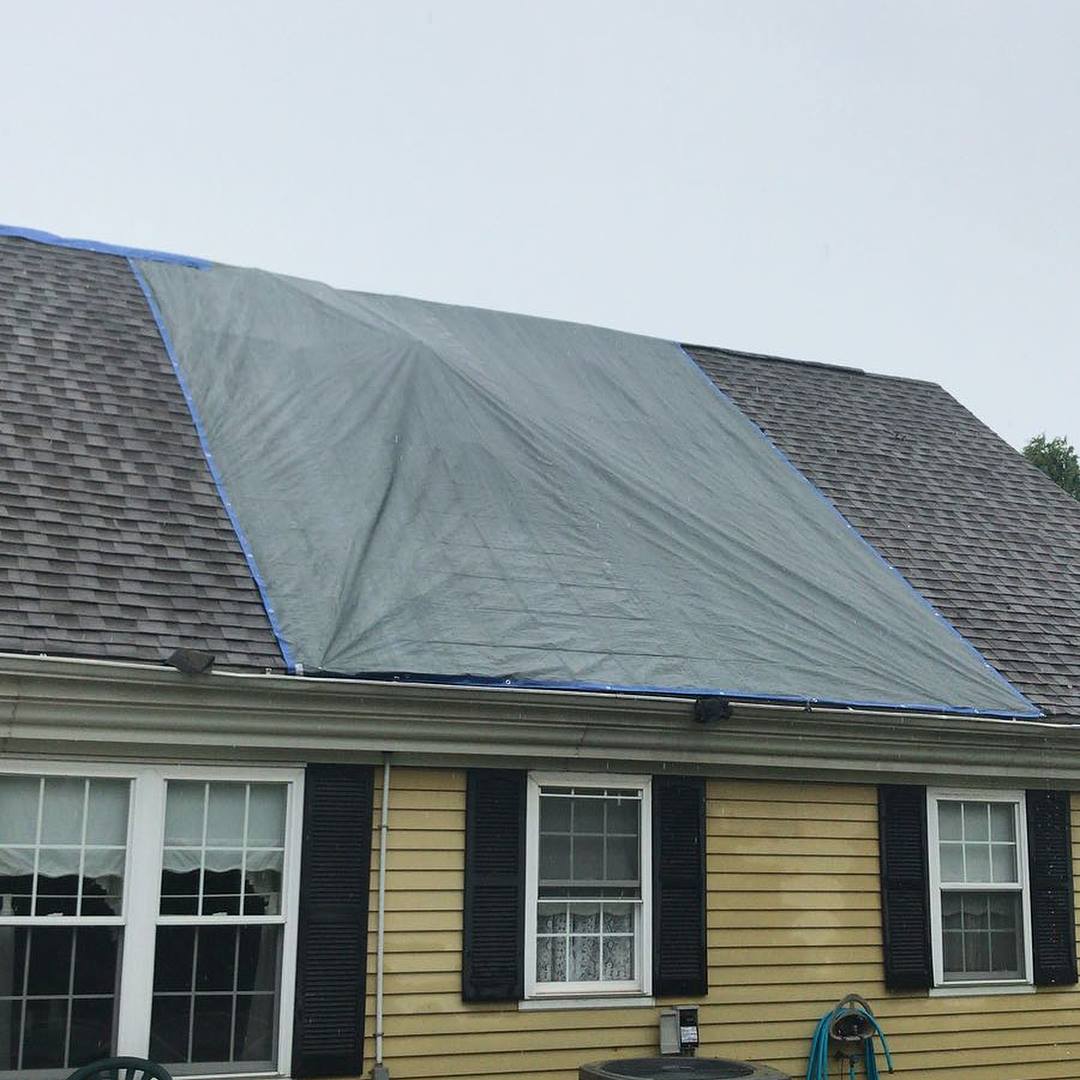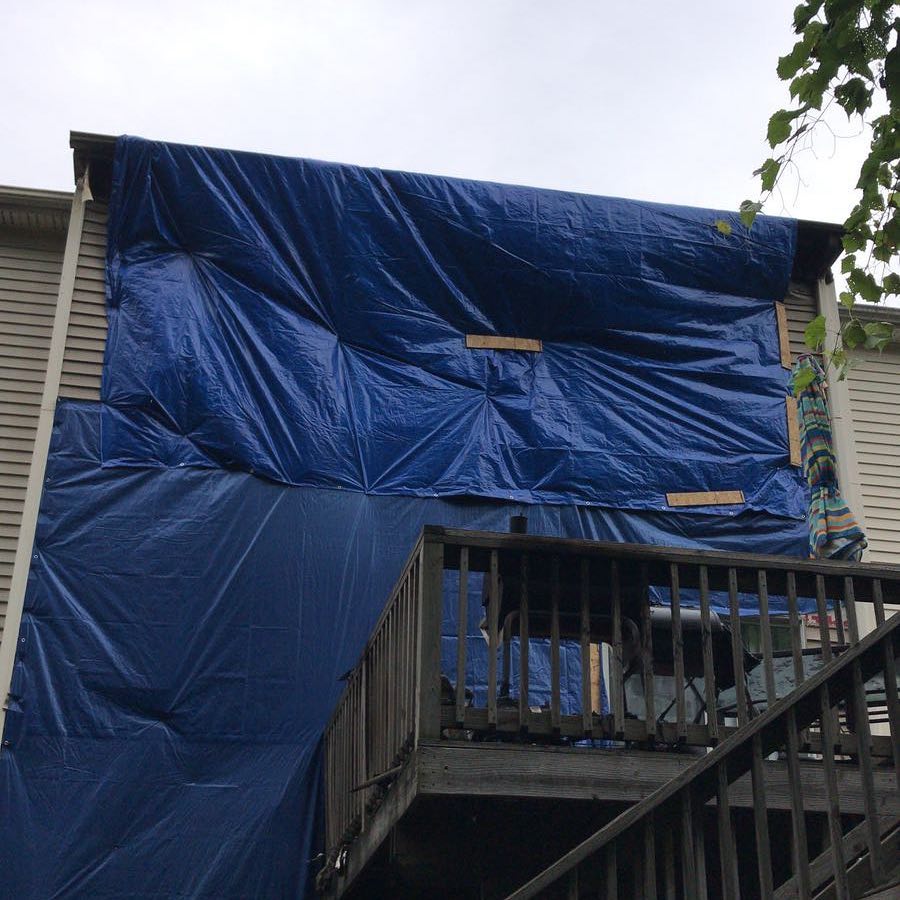
When dealing with water and moisture damage, you need a reliable and local team of Philly damage restoration experts in your corner. We've restored 100s of properties, both residential and commercial, in the Philly area and we're ready to come out and help you 24/7.
We're certified, insured, and work with all insurance companies. We understand how overwhelming it can be dealing with unexpected damage so let us assist you with your claim so you can focus on getting your life back on track.

Request a Free Estimate
or call (445) 234-4123
By submitting the form, you agree to our Terms of Service and Privacy Policy.
Philadelphia 24/7 Emergency Drying and Dehumidification Company
When water invades your Philadelphia home, whether from a flood, leak, or other water damage incident, quick action is crucial. Effective drying and dehumidification are essential steps in restoring your property and preventing further damage. At Philly Damage Restoration, we understand the intricacies of these processes and the importance of addressing each area of your home with care.
Why Drying and Dehumidification Matter
Water damage can be deceptive. While surfaces may appear dry, moisture often lingers within walls, under carpets, and in hidden spaces like cabinets. If not thoroughly dried, this moisture can lead to structural issues, mold growth, and long-term damage that compromises the integrity of your home. That’s why drying and dehumidification are not just about removing visible water but eliminating all traces of moisture to ensure your home is fully restored.
Key Areas Requiring Drying and Dehumidification
1. Carpet Drying
Carpets are often the first to absorb water during a flood or leak. While vacuuming or blotting up water may seem sufficient, moisture can penetrate deep into the carpet fibers and padding, leading to mold growth if not properly addressed. Professional-grade equipment, such as high-powered air movers and dehumidifiers, is essential to dry carpets thoroughly. At Philly Damage Restoration, we ensure that every layer of your carpet, from the surface to the padding, is completely dried to prevent any hidden water damage.
2. Hardwood Floor Drying
Hardwood floors are particularly vulnerable to water damage. Even a small amount of water can seep between the planks, causing them to warp, buckle, or cup. Immediate action is needed to extract the water and begin the drying process. We use specialized drying mats and dehumidifiers that target moisture beneath the surface, helping to preserve the integrity of your hardwood floors. In some cases, if the water damage is extensive, sections of the floor may need to be replaced.
3. Cabinet Drying
Water can easily find its way into cabinets, whether through a flood, roof leak, or burst pipe. Wood and laminate materials can absorb water quickly, leading to swelling, warping, and eventual breakdown of the structure. Our team carefully removes excess moisture from cabinets, using targeted drying techniques that minimize the risk of long-term damage. Dehumidification plays a key role here, ensuring that the internal and external surfaces are completely dry.
4. Wall Drying
Walls can trap moisture within their layers, particularly in the insulation and drywall. If left untreated, this hidden moisture can lead to mold growth and structural deterioration. Philly Damage Restoration employs advanced drying methods, including the use of infrared cameras to detect moisture pockets and the application of air movers and dehumidifiers to draw out the trapped water. In cases of severe water damage, we may need to remove and replace sections of drywall.
Structural Drying: Ensuring the Stability of Your Home
Structural drying is a critical aspect of the restoration process, focusing on the integrity of your home’s foundation, framework, and other key structural components. After significant water damage, the materials that make up your home’s structure—such as wood, concrete, and metal—can absorb water, compromising their strength and stability.
Our approach to structural drying includes the following steps:
- Assessment and Monitoring: We begin by assessing the extent of the water damage using moisture meters and other diagnostic tools. Continuous monitoring throughout the drying process ensures that all moisture is effectively removed.
- Targeted Drying: Using a combination of industrial-strength air movers, dehumidifiers, and heaters, we direct warm, dry air to the affected areas. This helps accelerate the evaporation of moisture from structural materials.
- Dehumidification: To prevent moisture from circulating back into the structure, we employ dehumidifiers that remove water vapor from the air, ensuring a thorough drying process.
- Final Inspection: Once drying is complete, we conduct a final inspection to verify that all structural elements are dry and that no moisture remains that could lead to future damage.
Understanding Homeowners Insurance Coverage for Drying and Dehumidification
When water damage occurs in your Philadelphia home, one of the first questions homeowners often have is whether their insurance will cover the costs of drying and dehumidification. The answer can vary depending on the cause of the water damage and the specifics of your policy.
Covered vs. Non-Covered Events
Homeowners insurance typically covers water damage caused by sudden and accidental events, such as a burst pipe, appliance failure, or an unexpected roof leak. In these cases, your policy is likely to cover not only the damage itself but also the necessary drying and dehumidification to restore your home.
However, if the water damage results from gradual issues, such as a slow leak that has gone unnoticed over time, coverage may be denied. Insurers often classify these situations under maintenance-related exclusions, arguing that the homeowner should have addressed the issue before it led to significant damage.
Filing a Claim
If your water damage is covered, it’s crucial to document everything from the moment the damage occurs. Take photos and videos of the affected areas, keep records of all communication with your insurance company, and save receipts for any immediate repairs or services you need to prevent further damage.
When filing a claim, be sure to detail the drying and dehumidification process, as these steps are essential to preventing mold growth and additional structural damage. Insurance companies understand the importance of these procedures and typically include them as part of the restoration costs.
Working with Professionals
Working with a professional water damage restoration company like Philly Damage Restoration can also help streamline your insurance claim. We provide detailed documentation of our drying and dehumidification services, which can be submitted directly to your insurance company. Additionally, our experience with insurance claims ensures that the necessary procedures are carried out according to industry standards, reducing the likelihood of disputes with your insurer.
Understanding your homeowners insurance policy and how it applies to drying and dehumidification can save you time, money, and stress after water damage. If you’re unsure about your coverage, it’s always a good idea to review your policy with your insurance agent before an emergency occurs.
Frequently Asked Questions About Drying and Dehumidification in Philly
The drying process can take anywhere from a few days to over a week, depending on the extent of the water damage, the materials affected, and the humidity levels in your home. Philly Damage Restoration uses advanced equipment to accelerate the drying process.





















